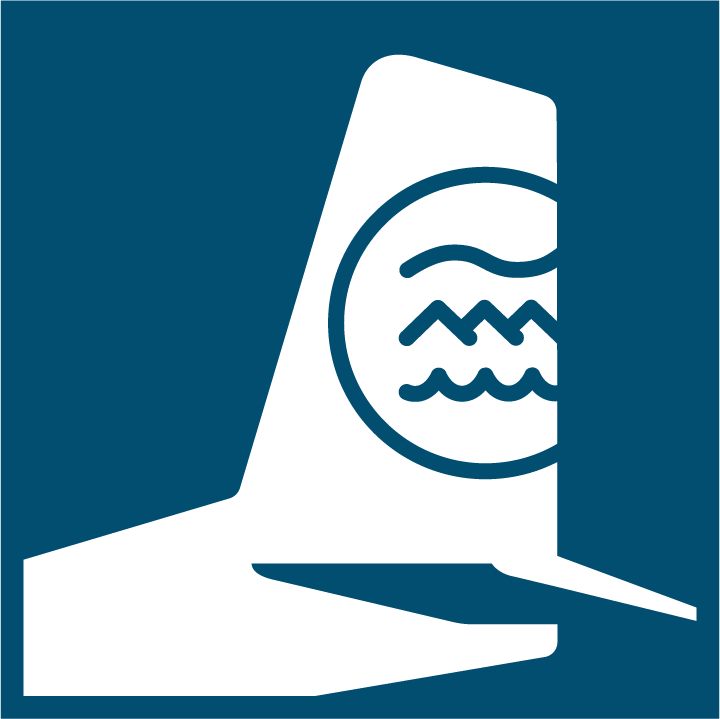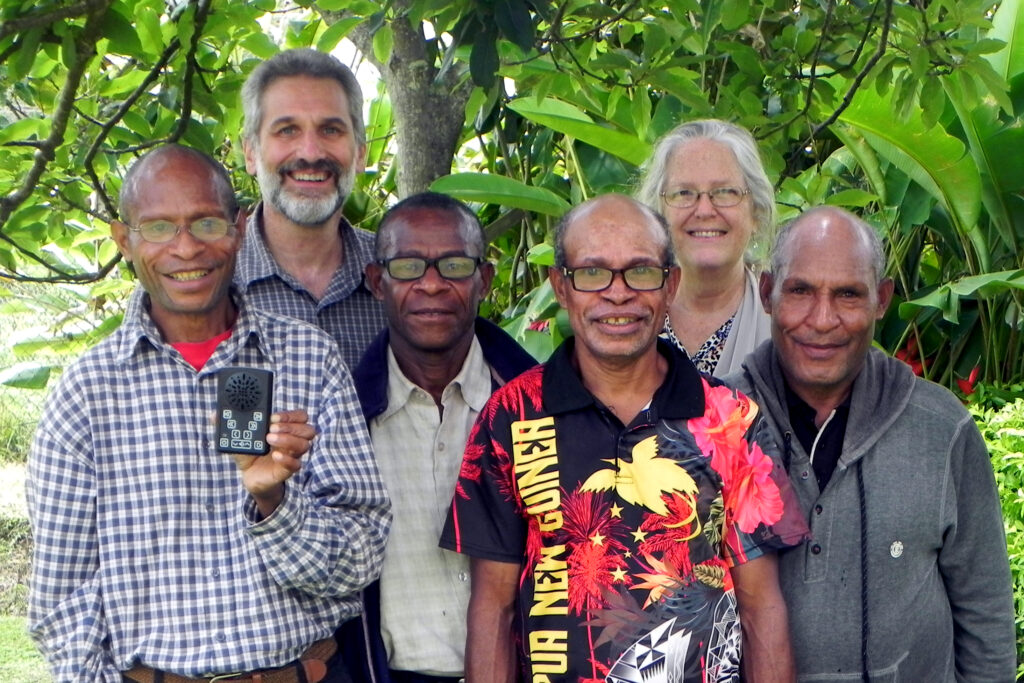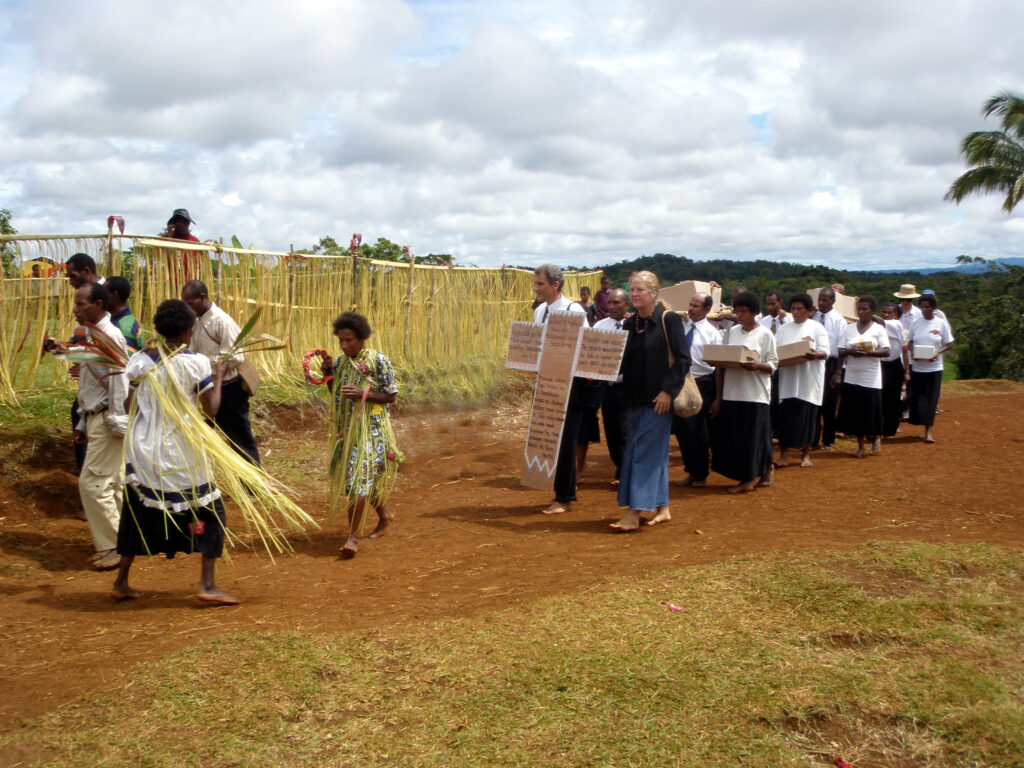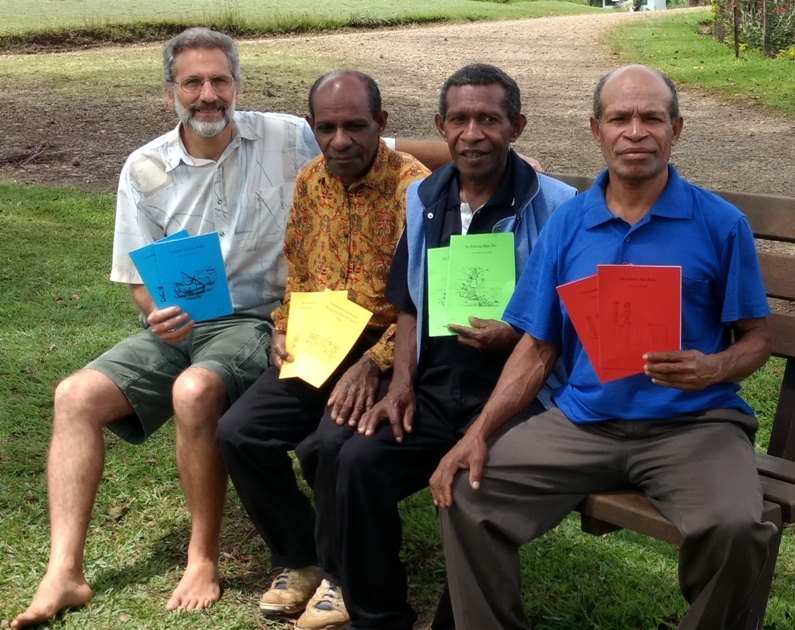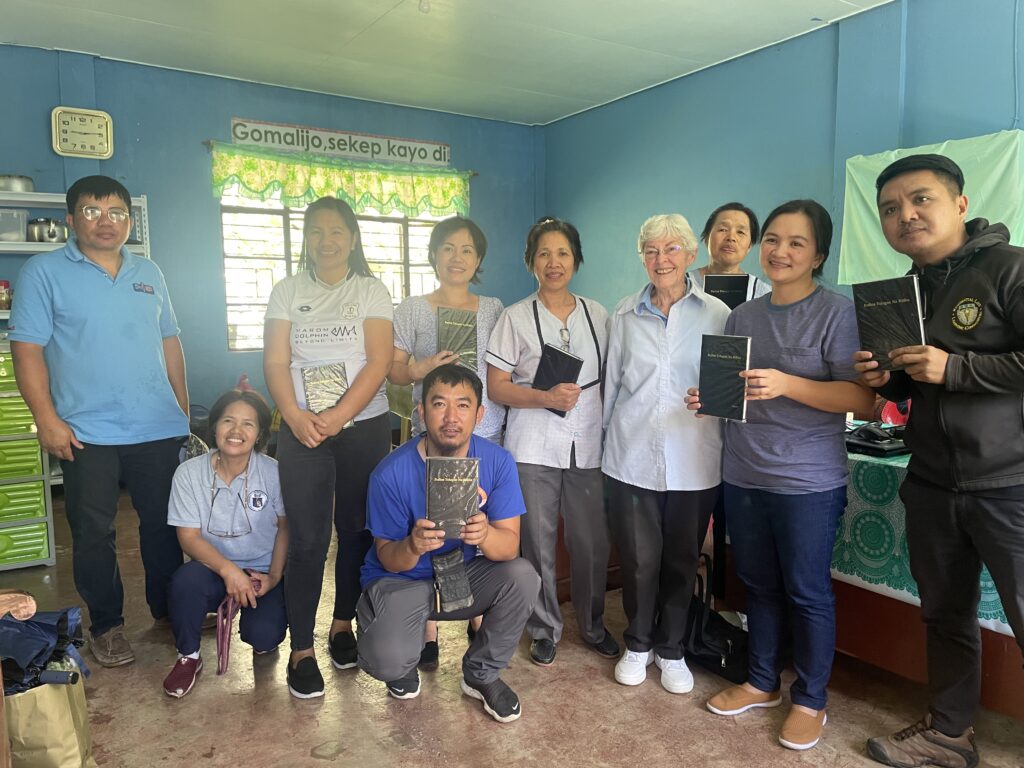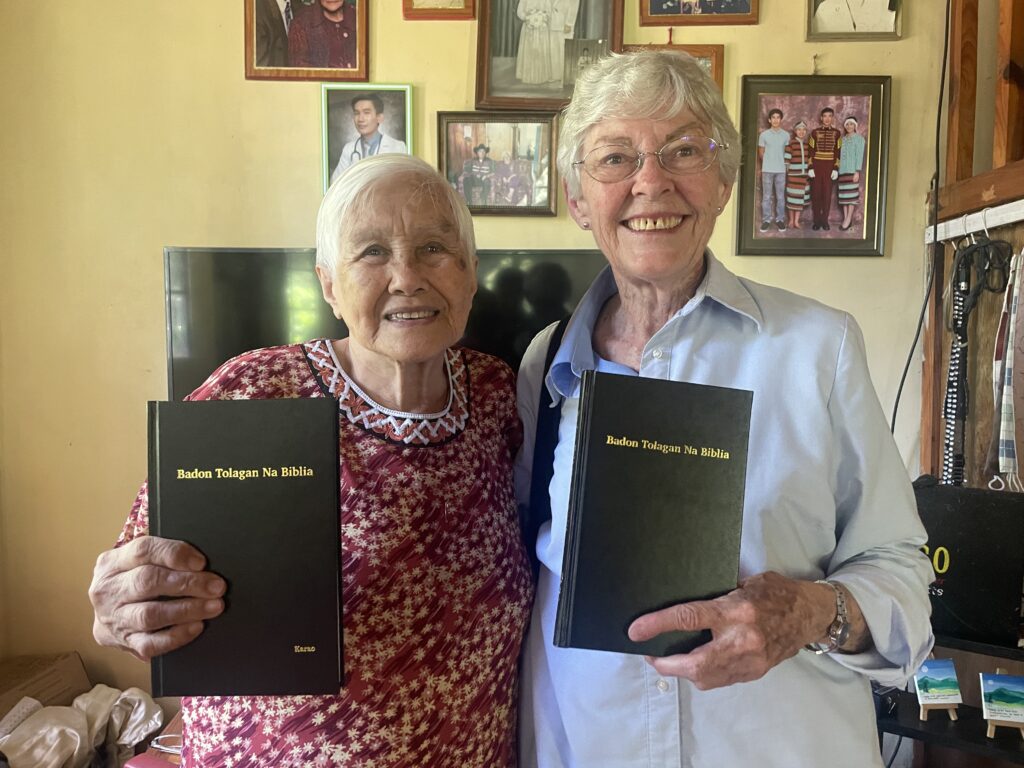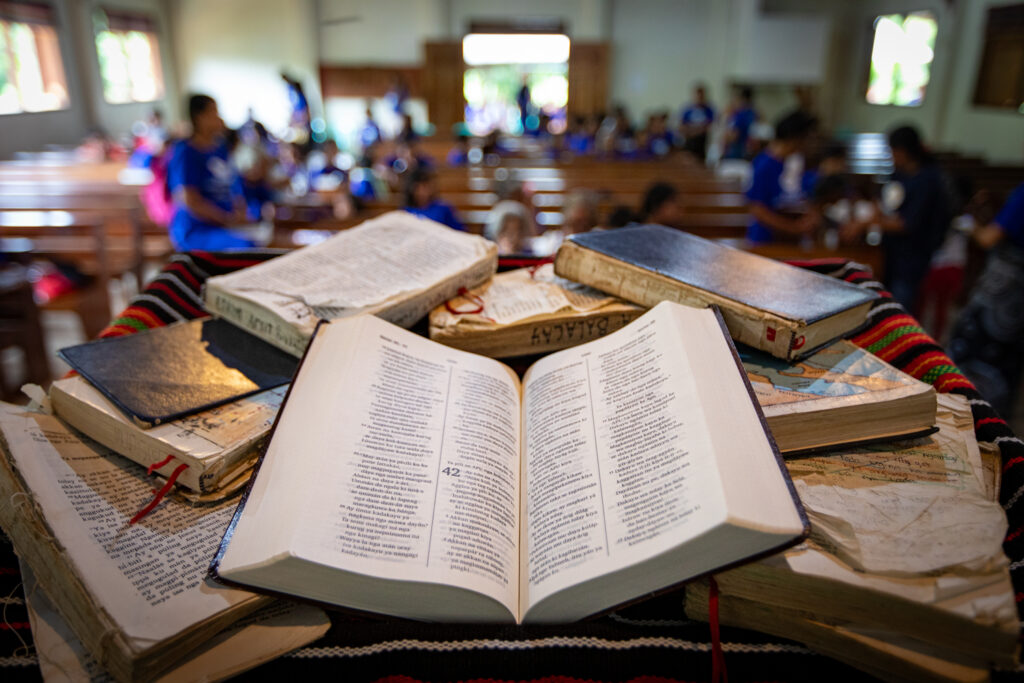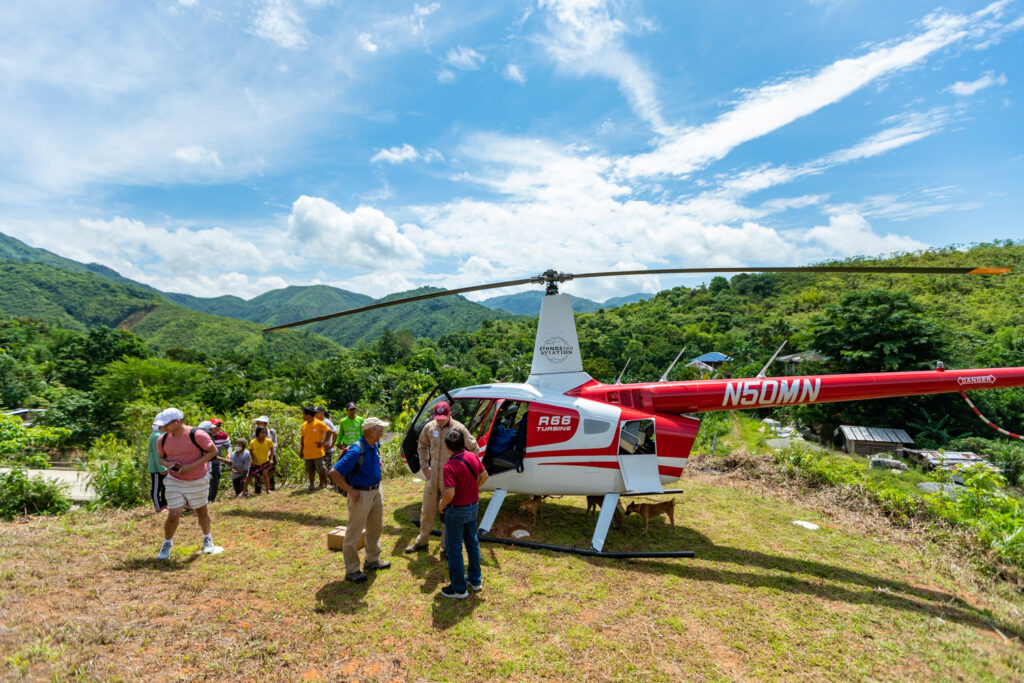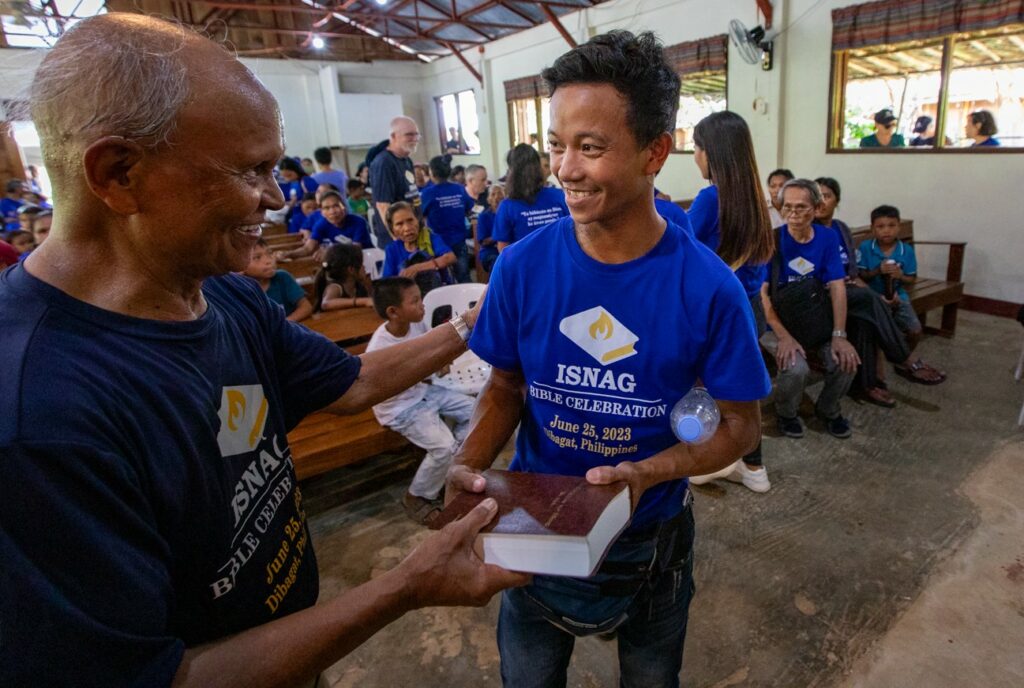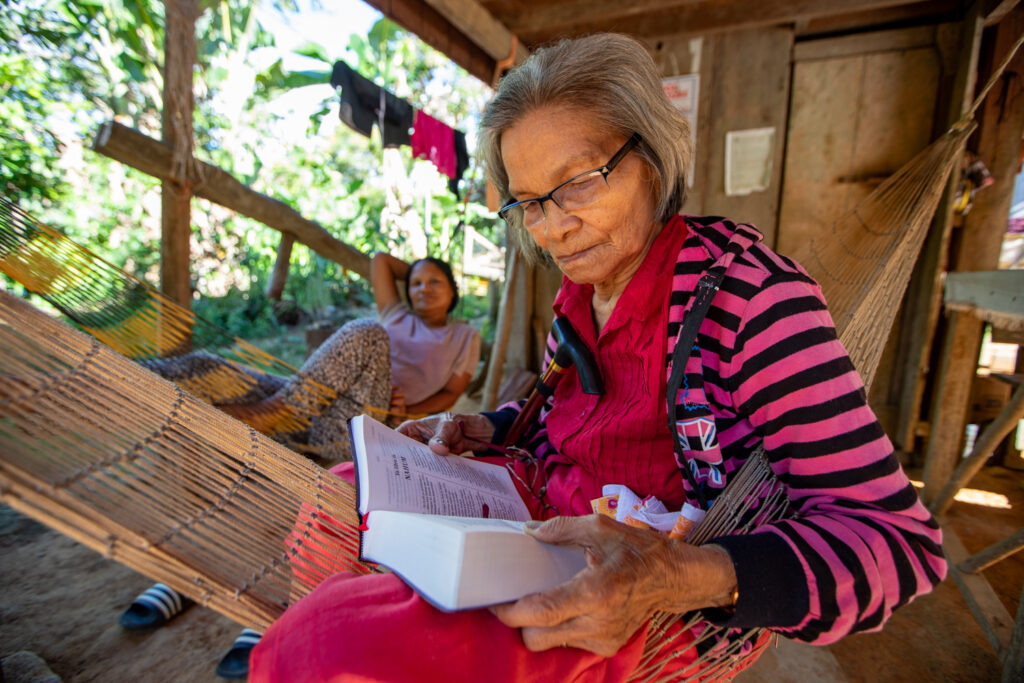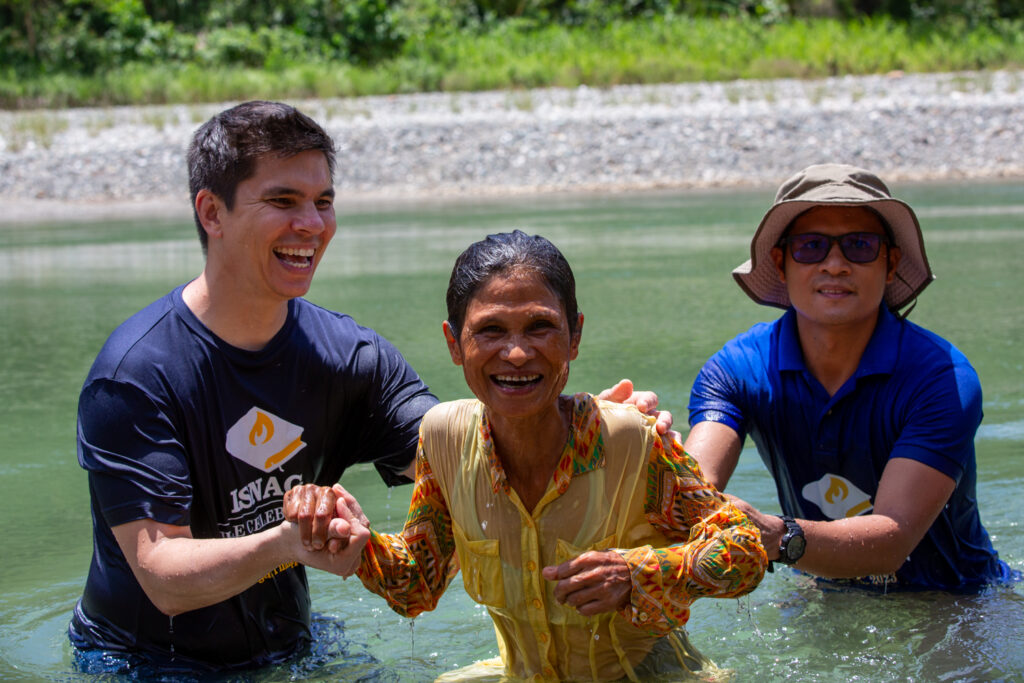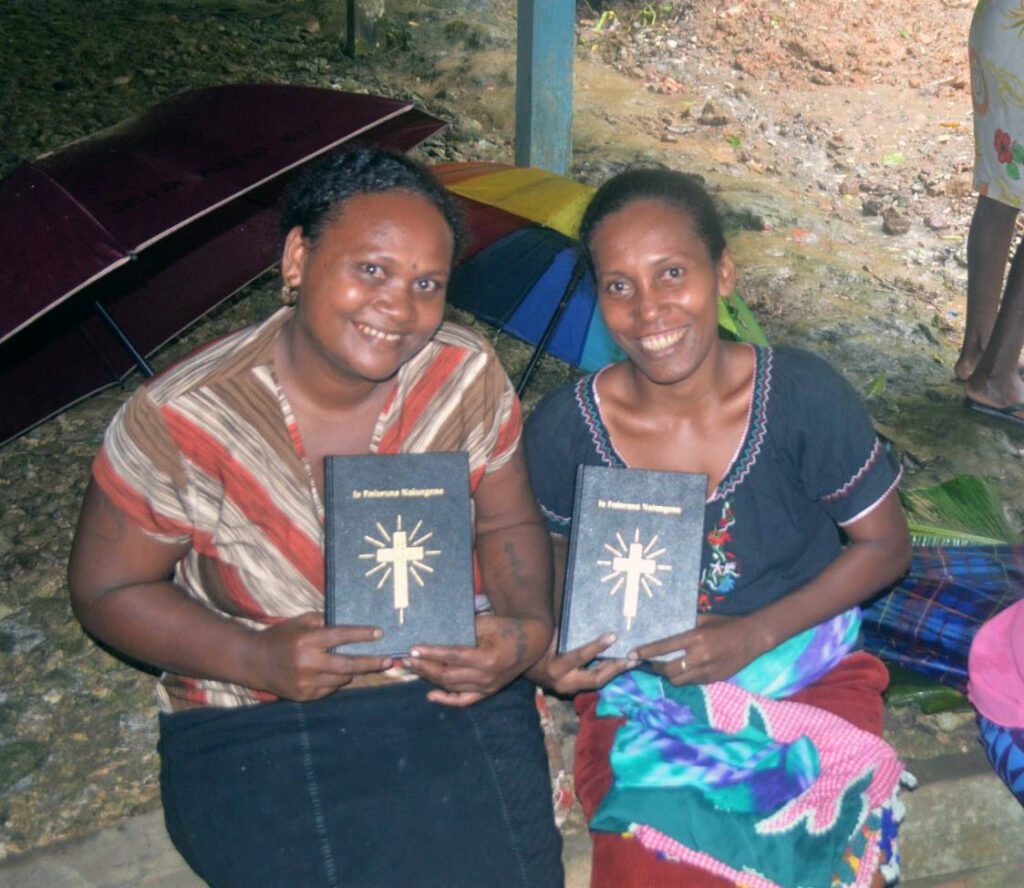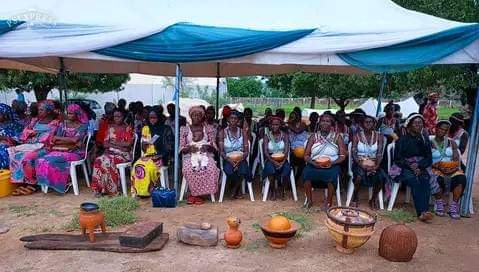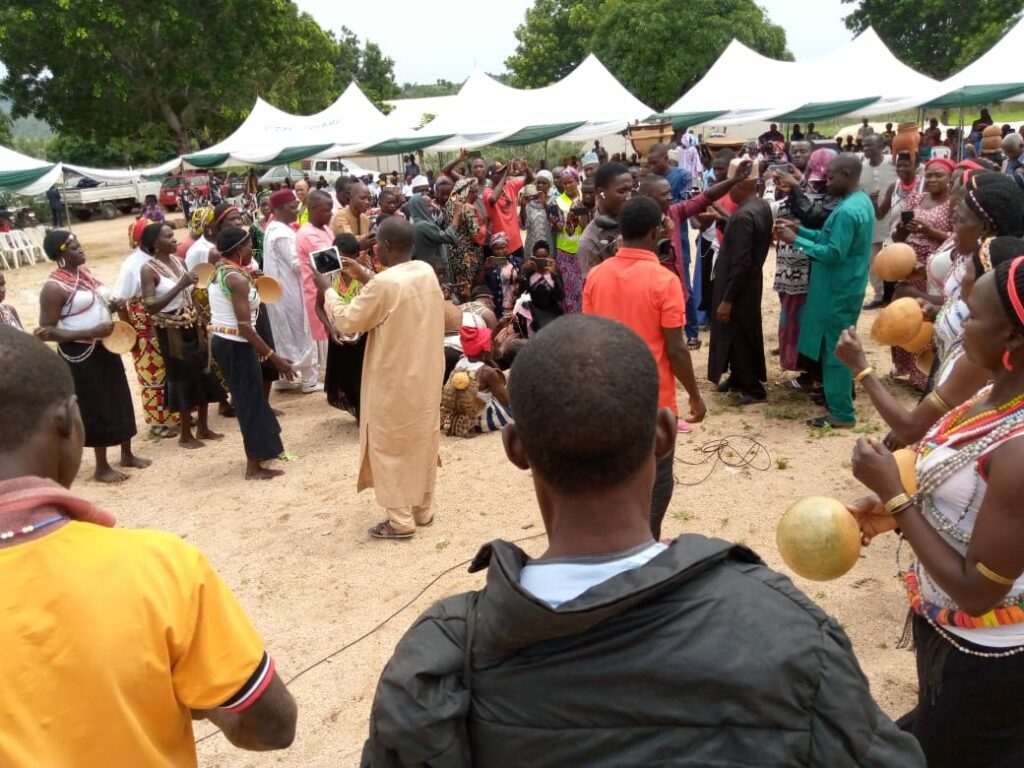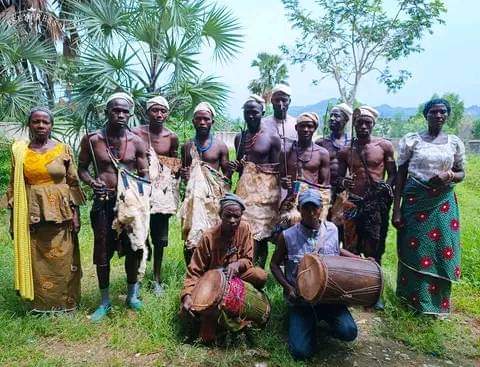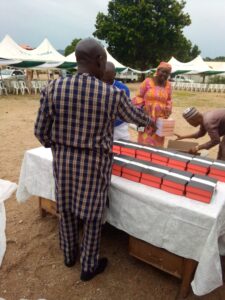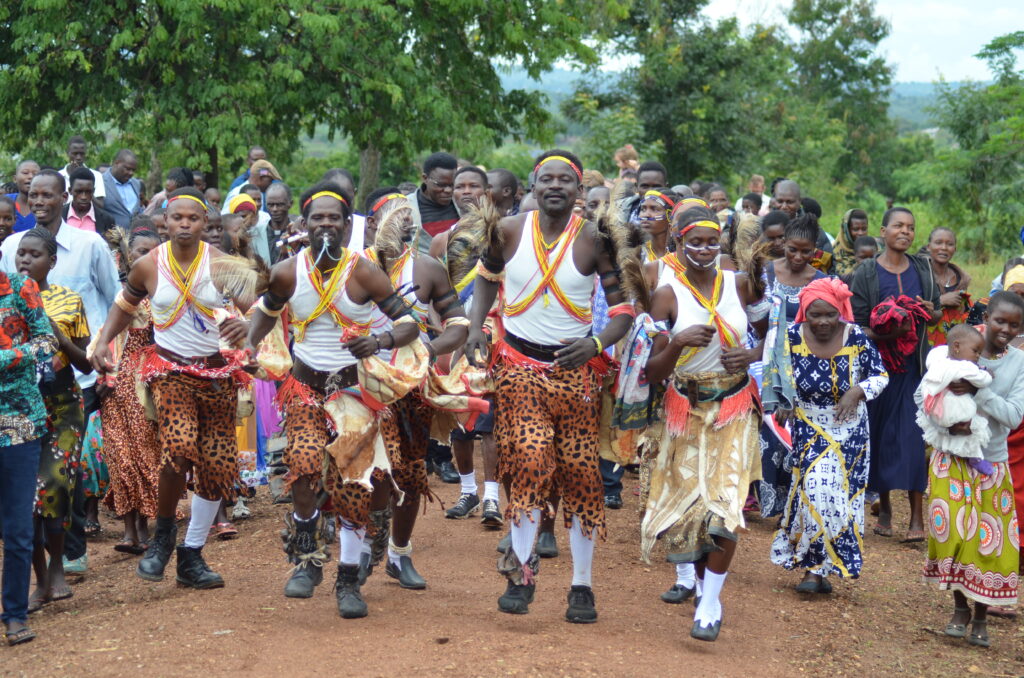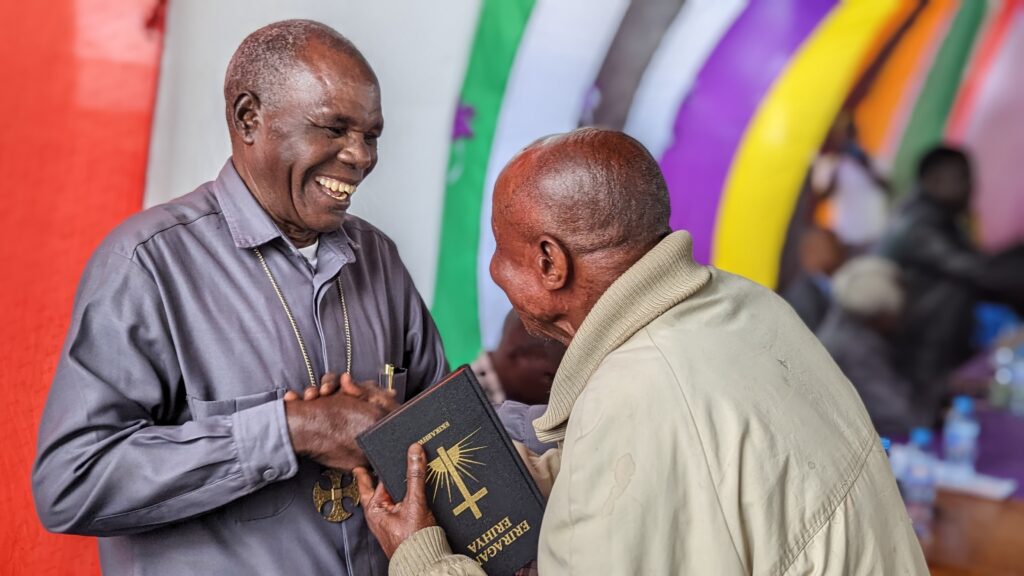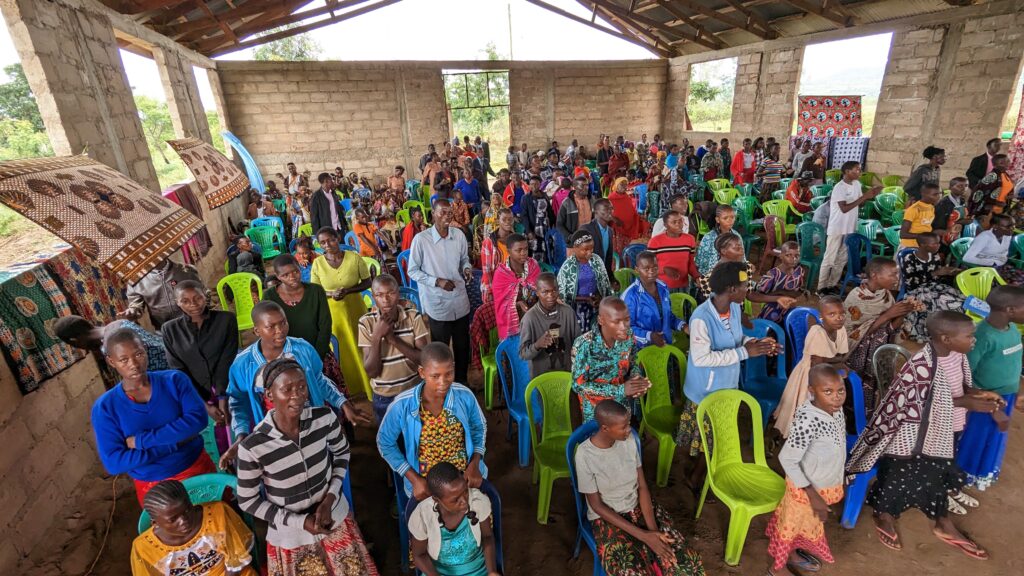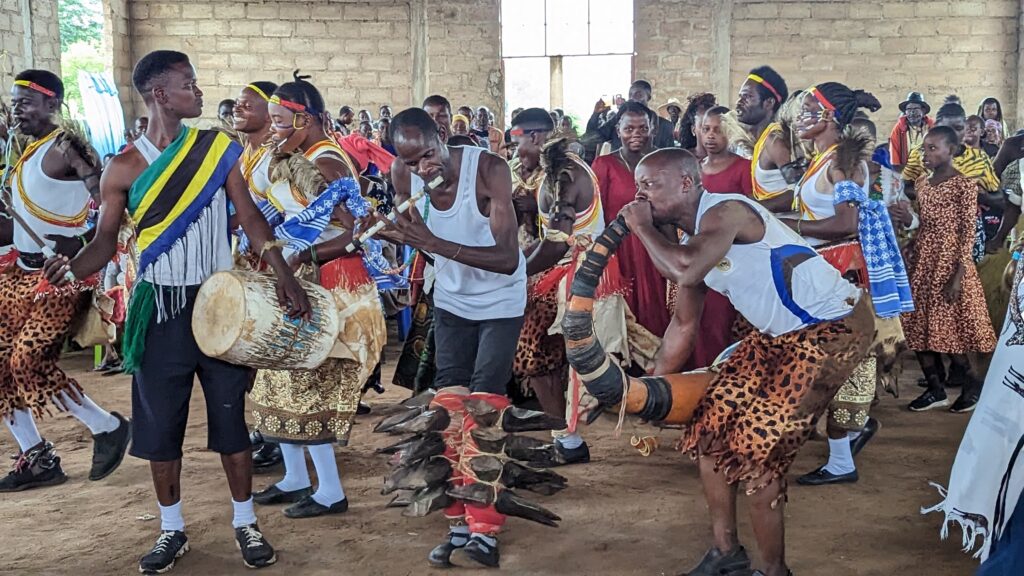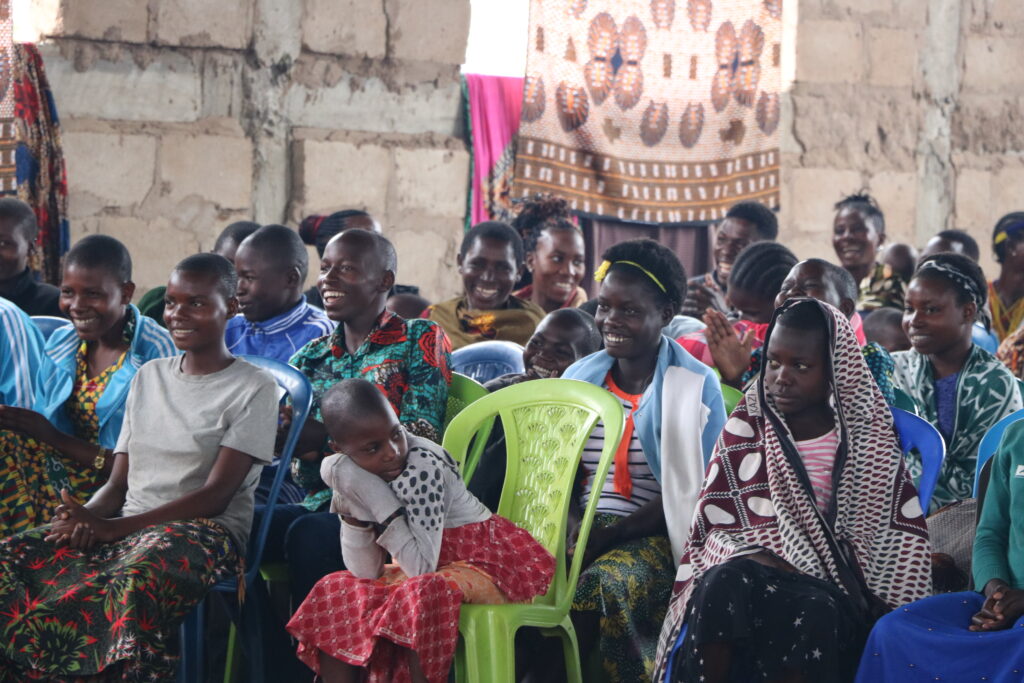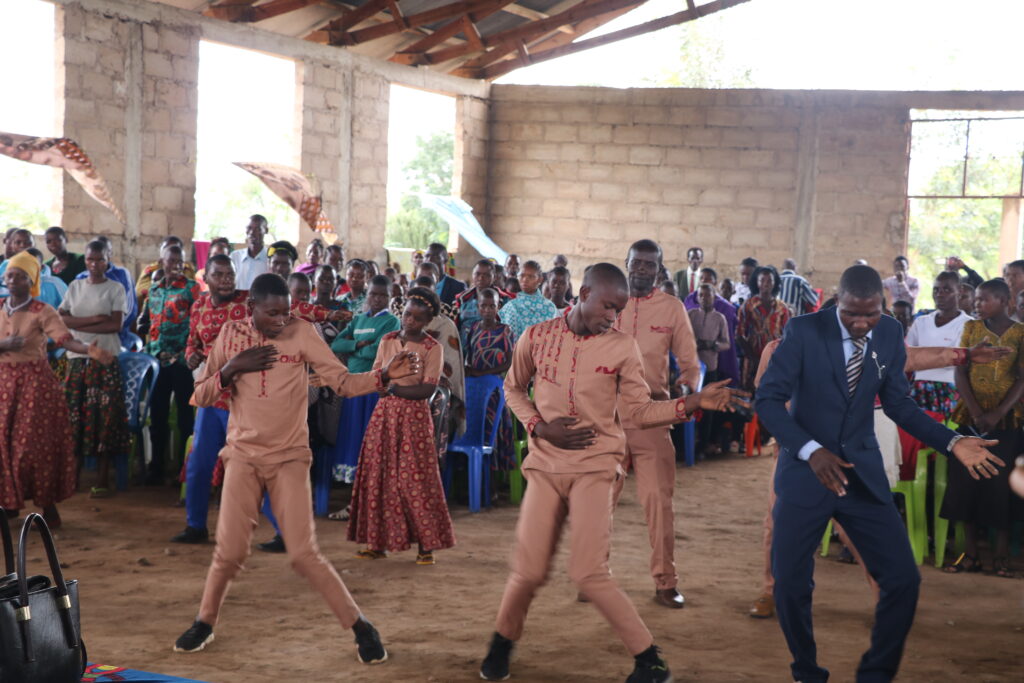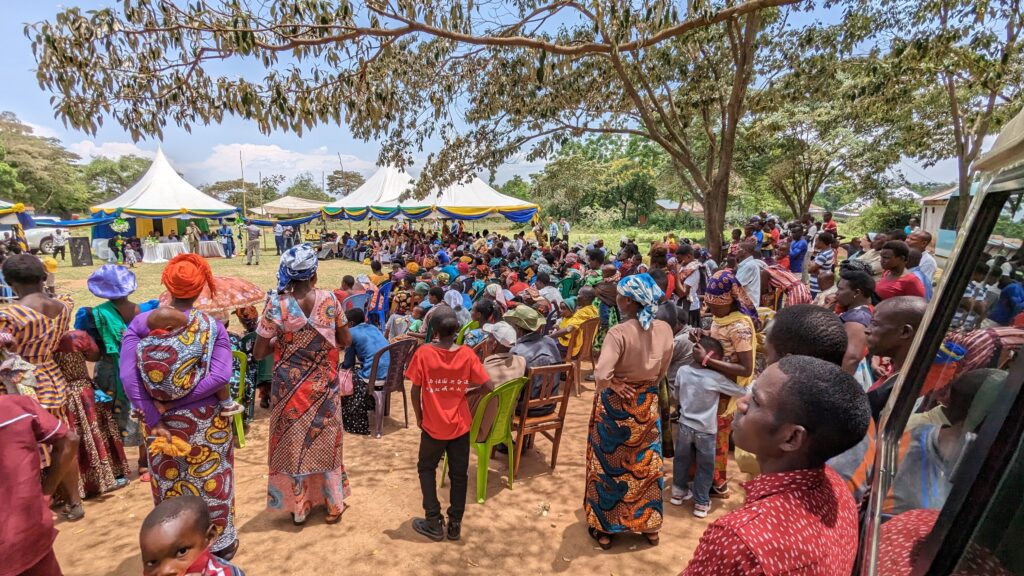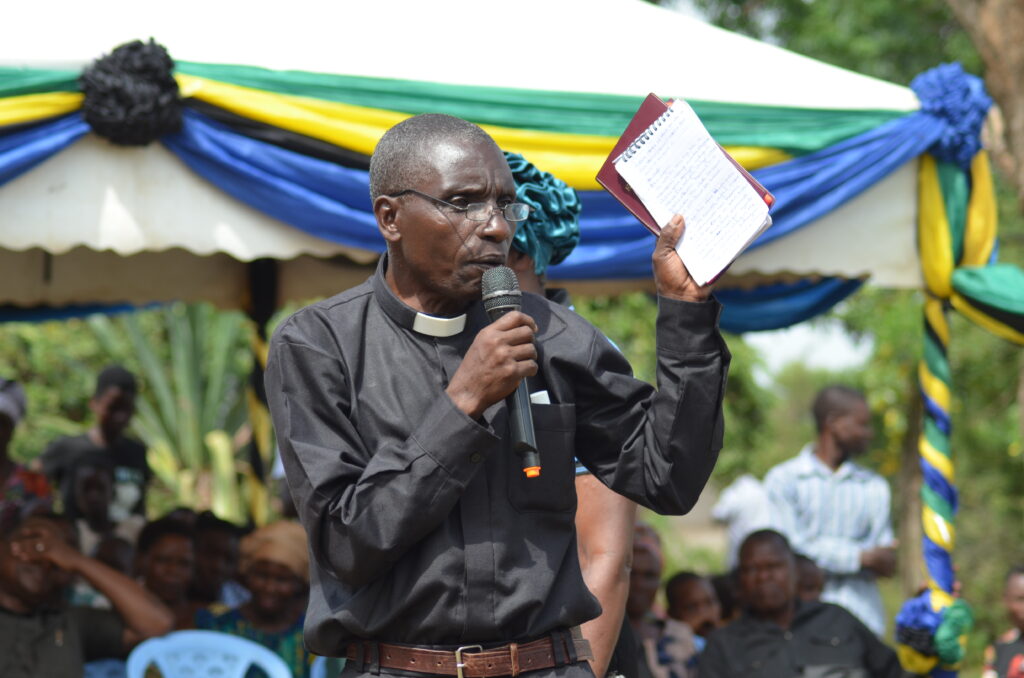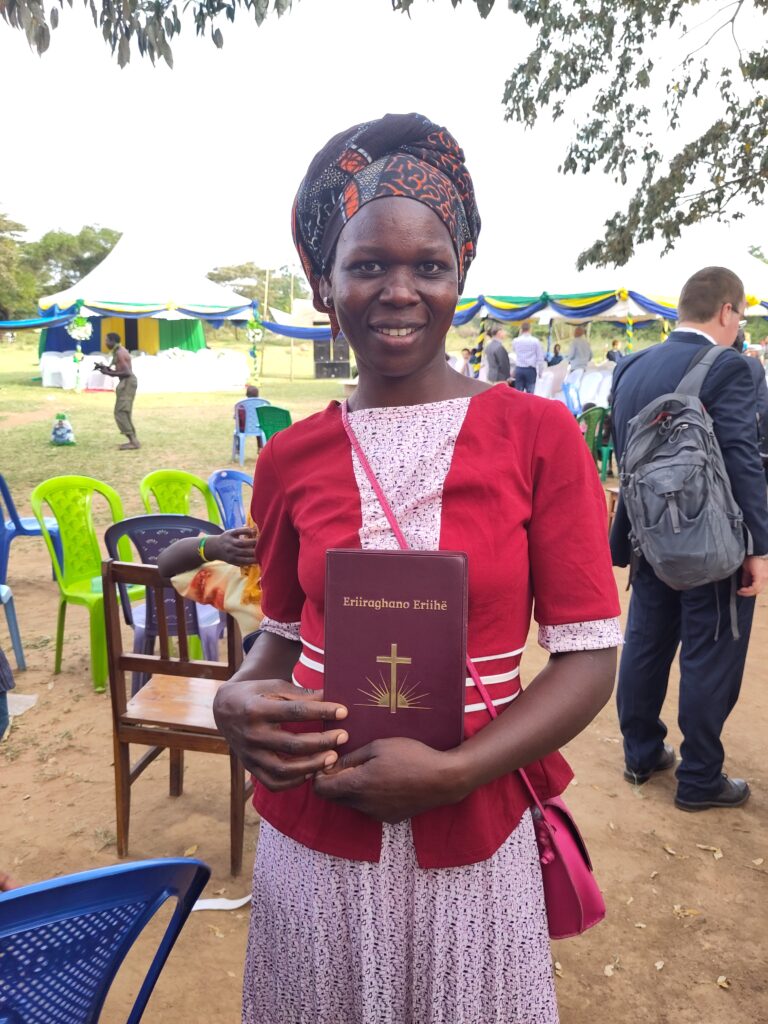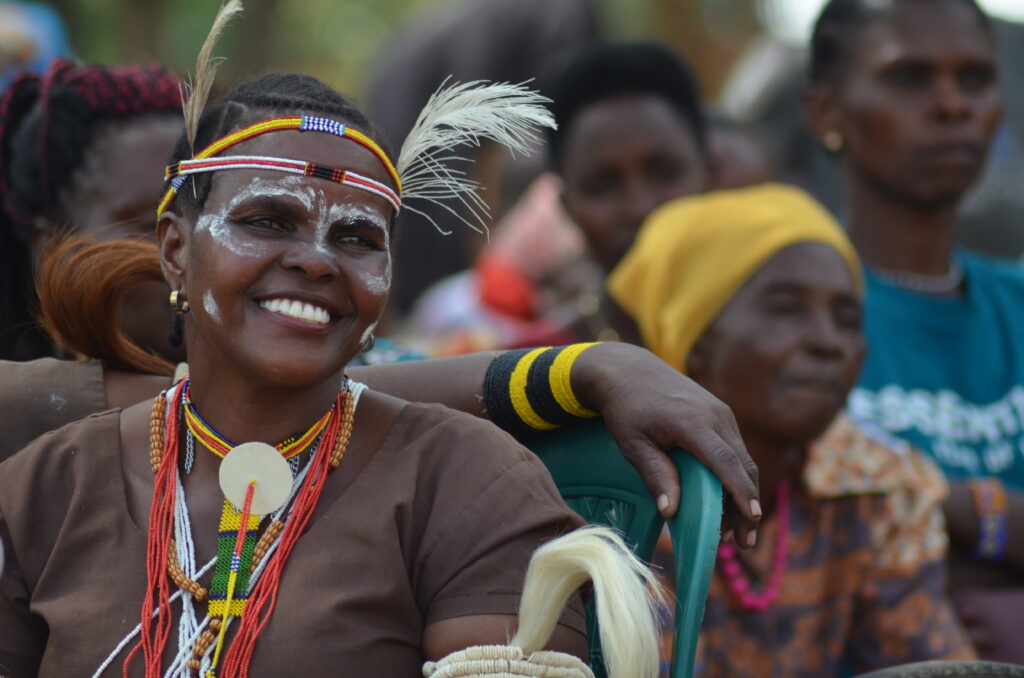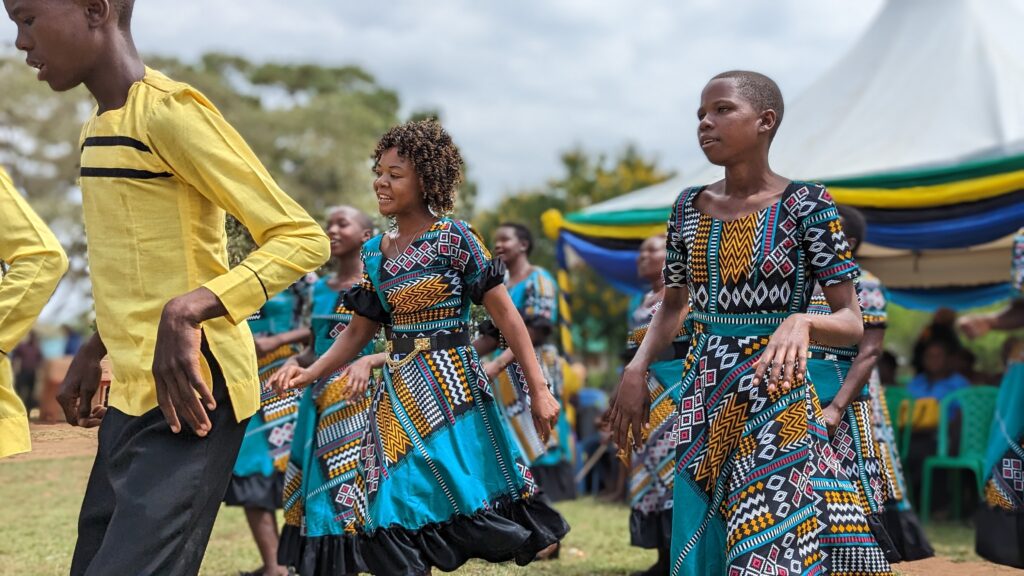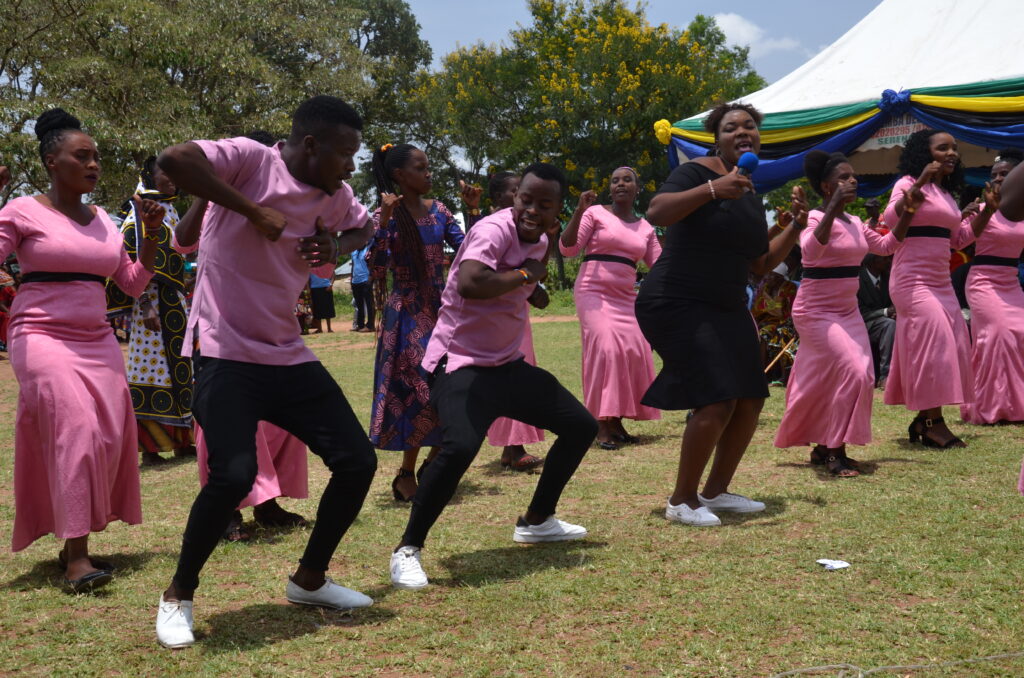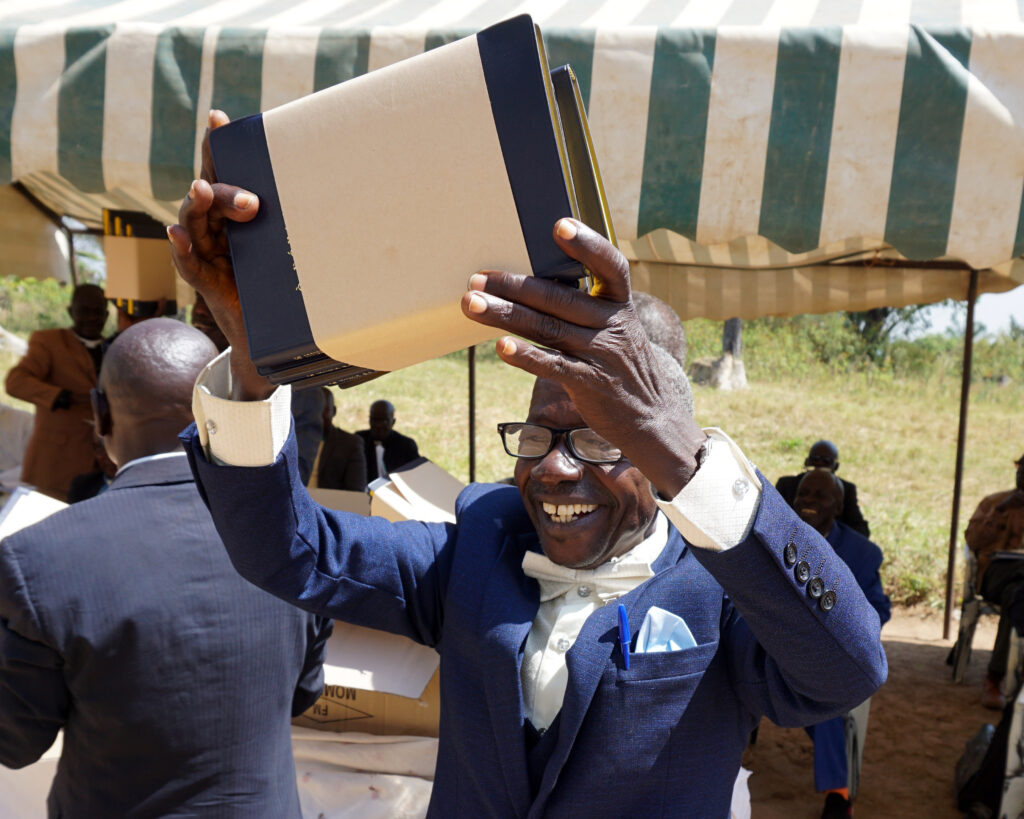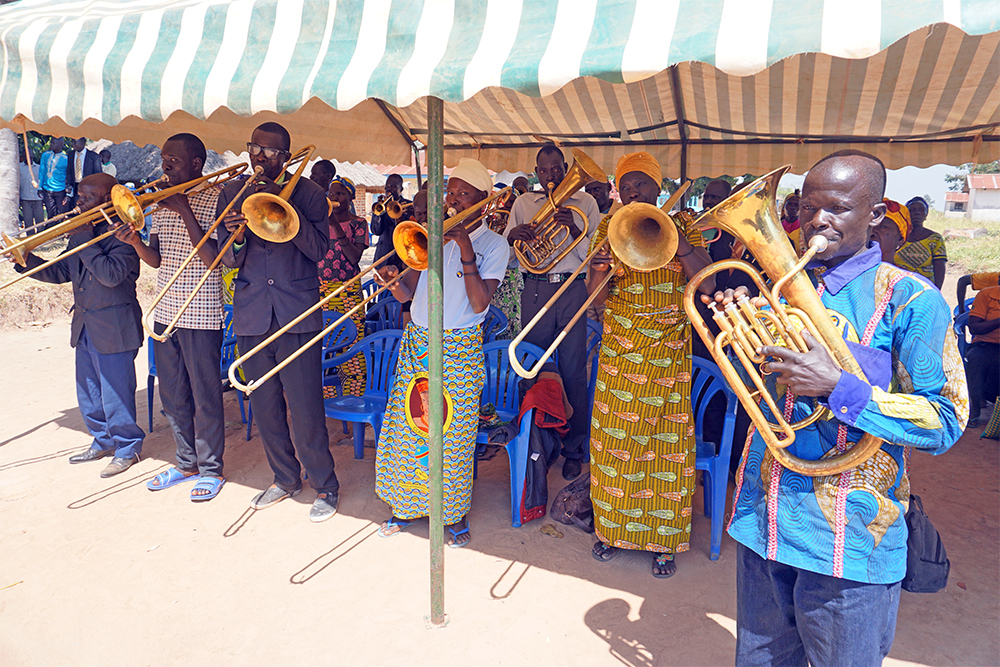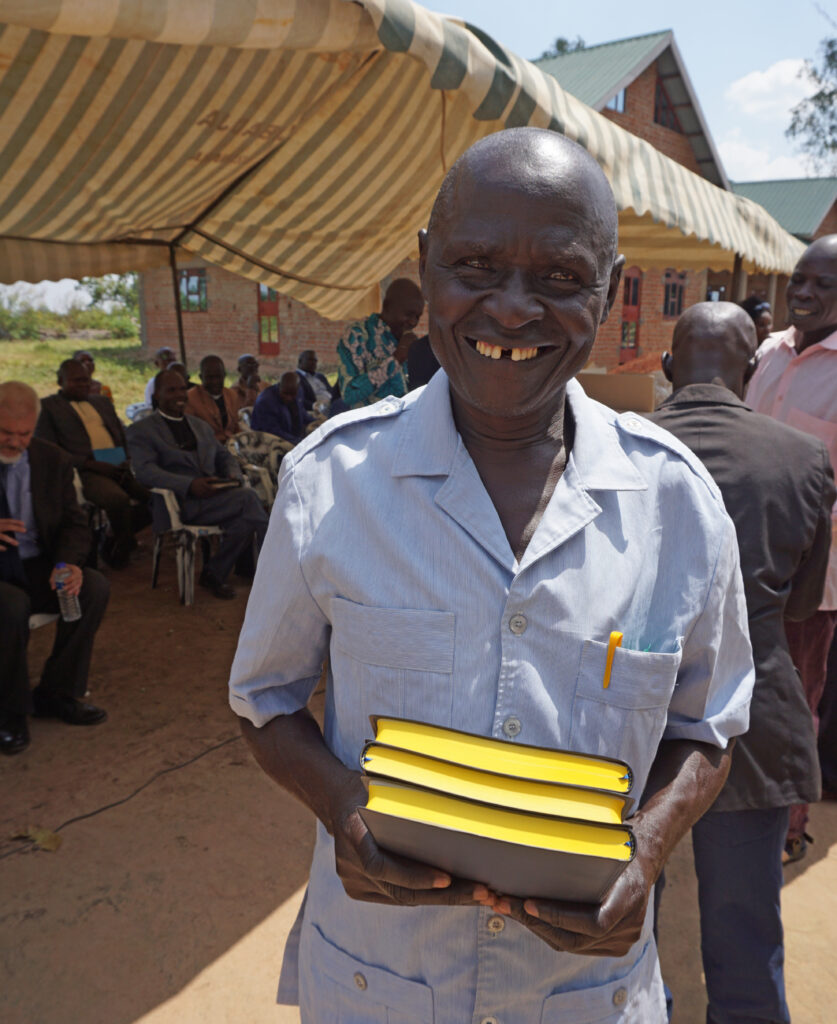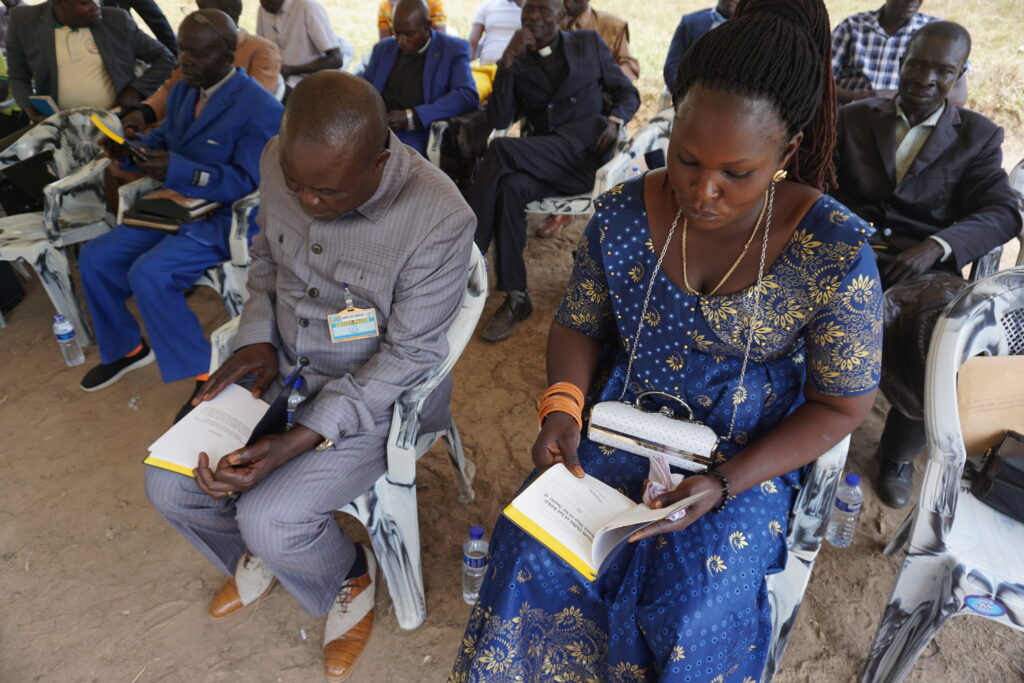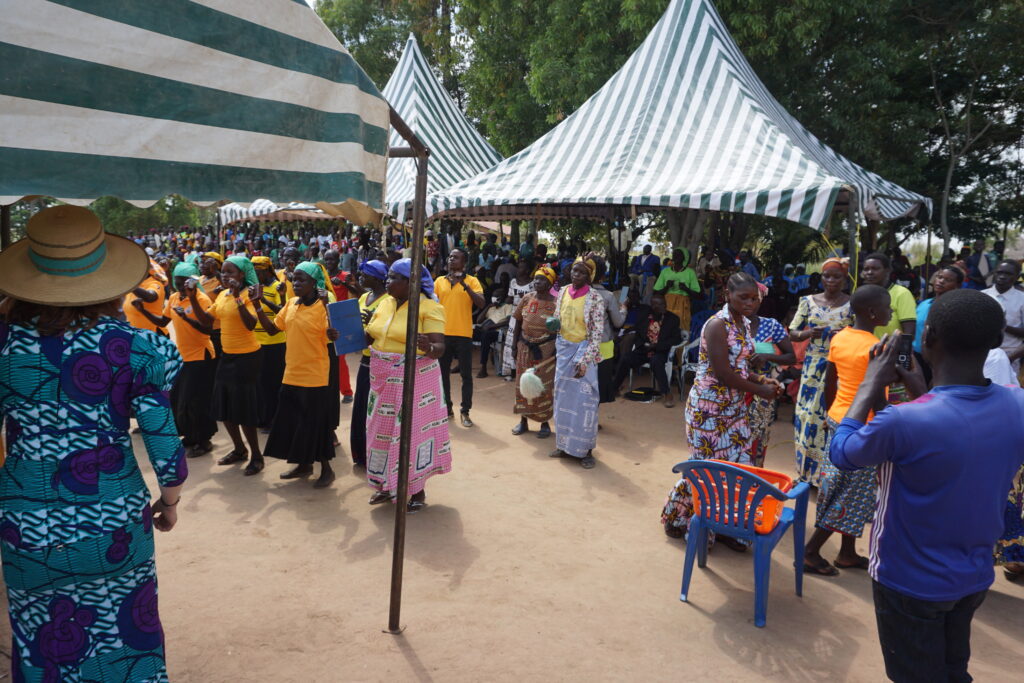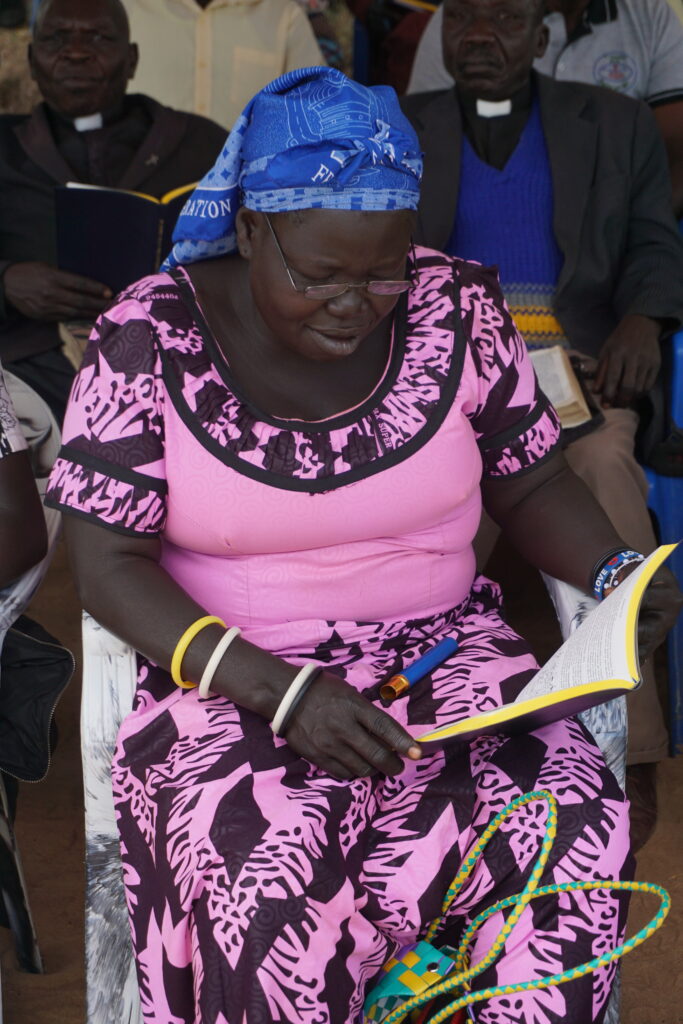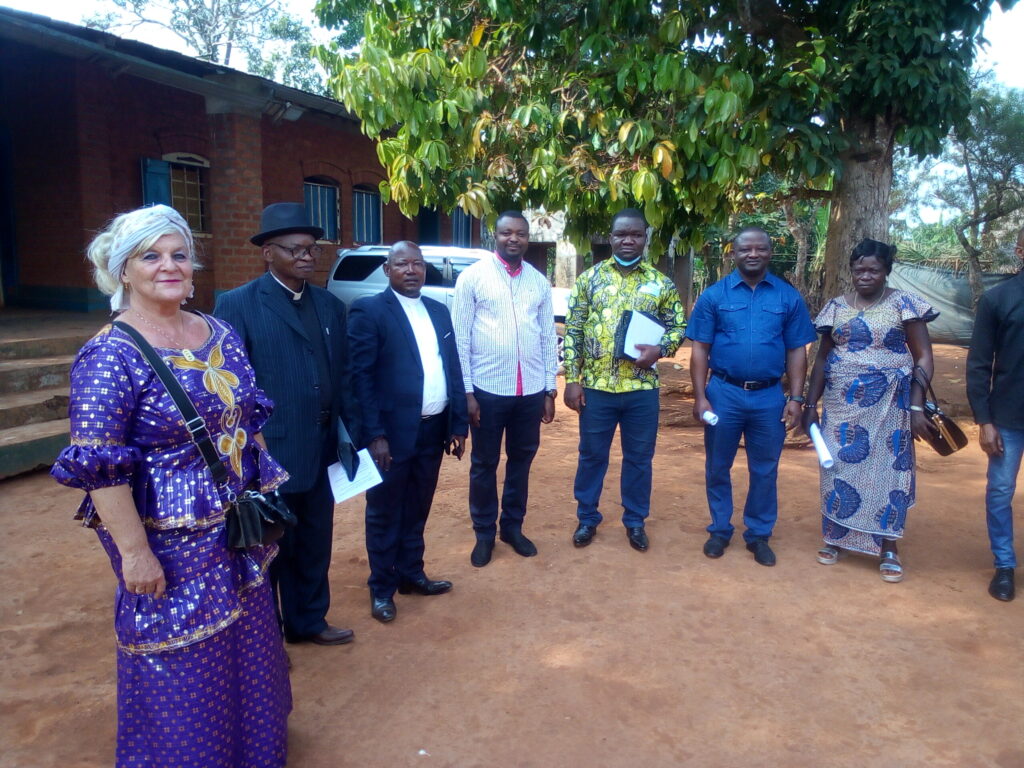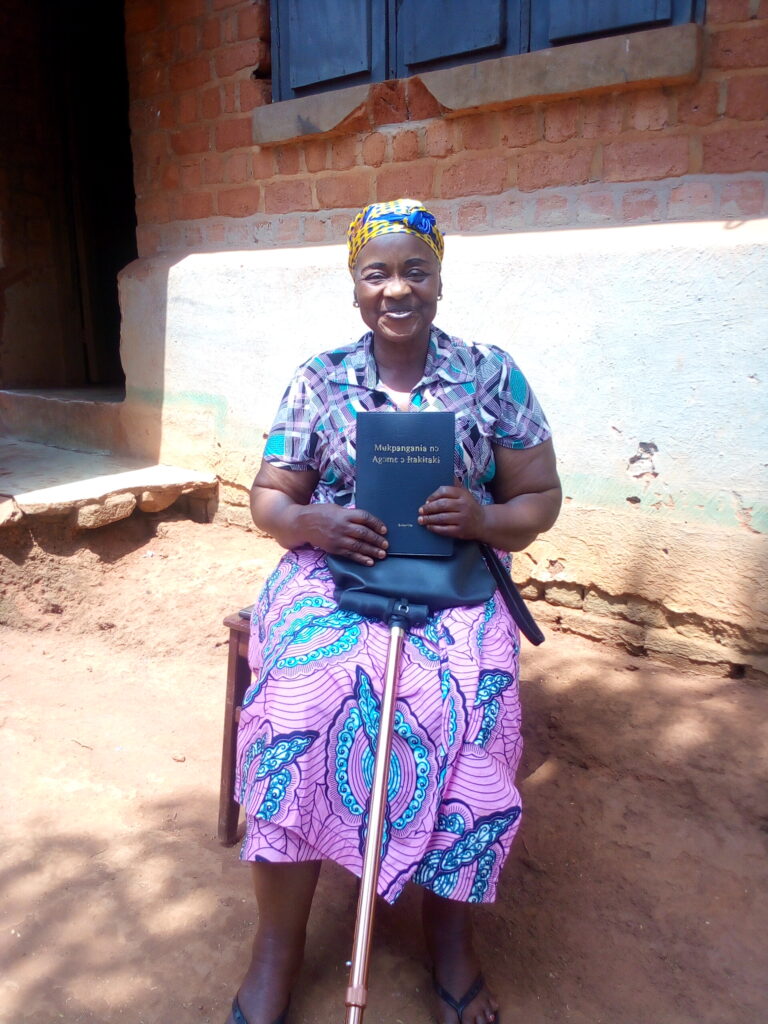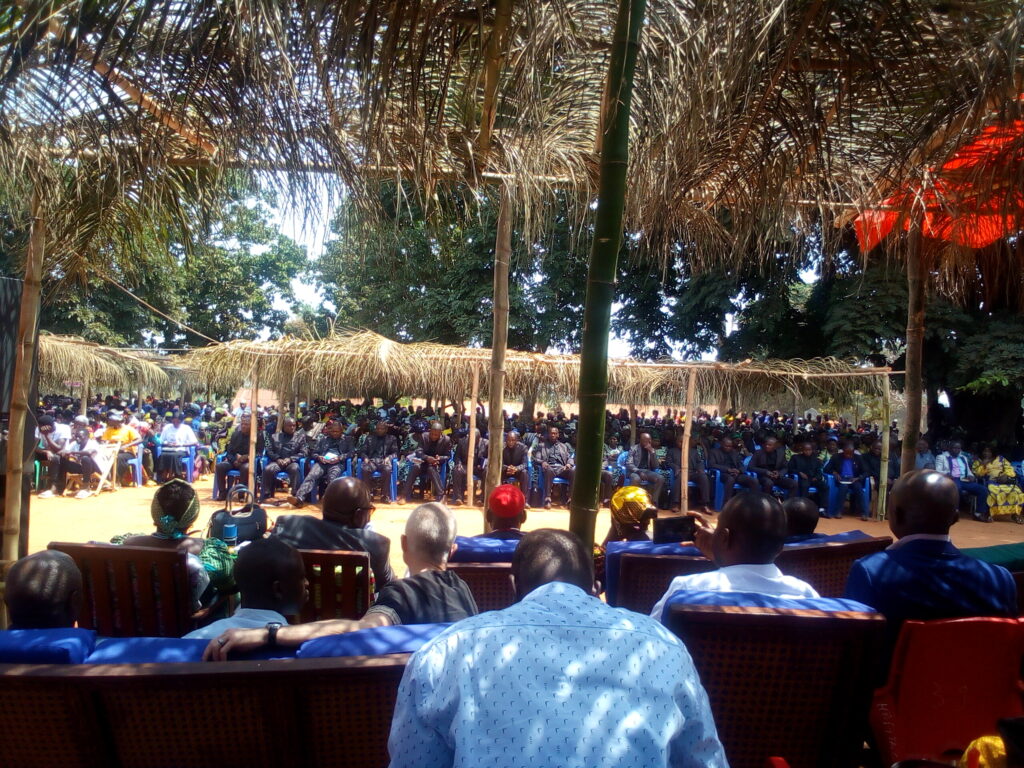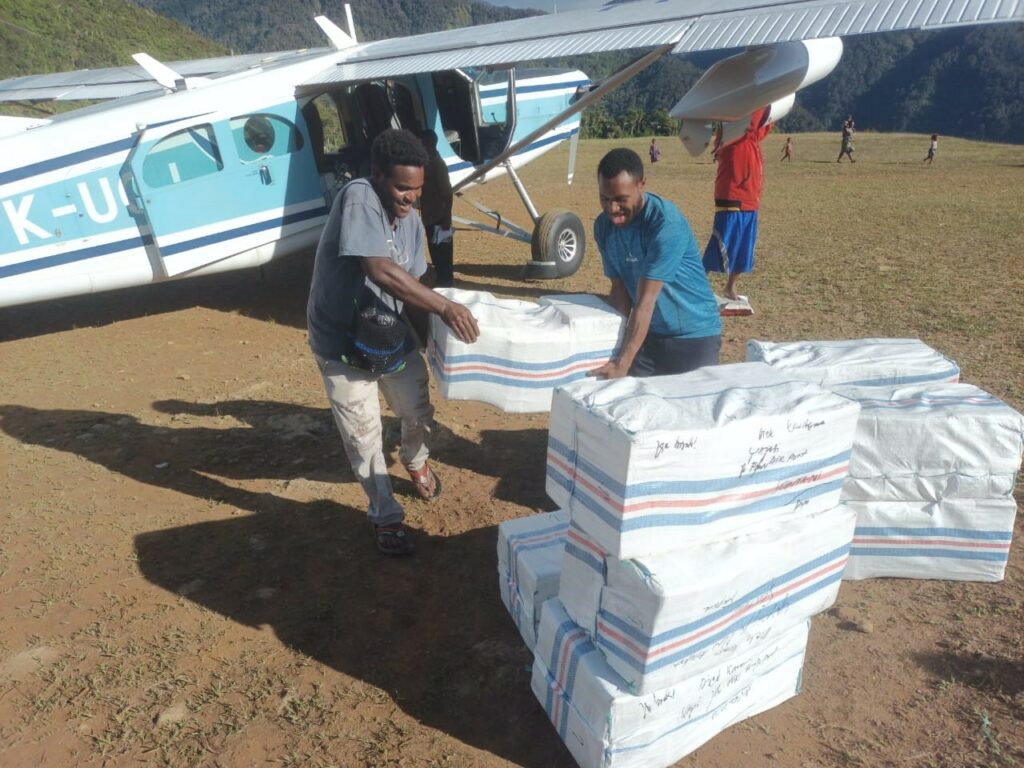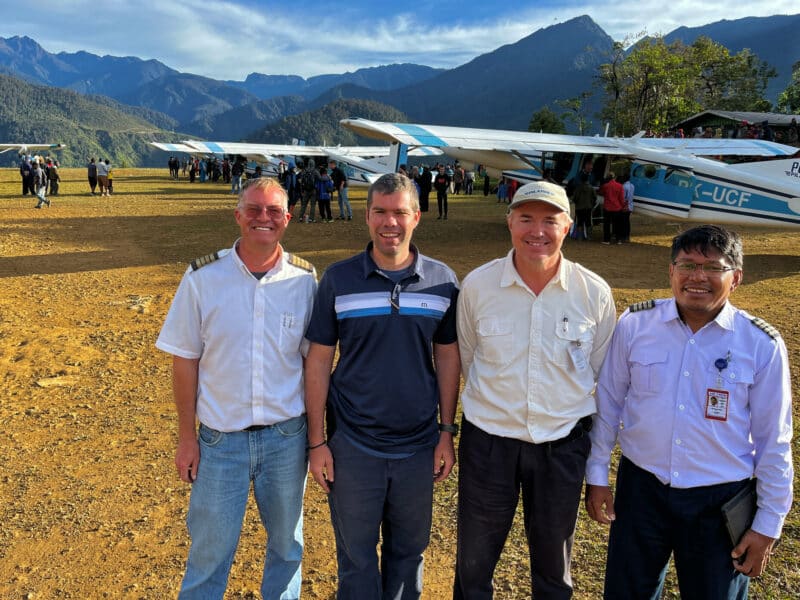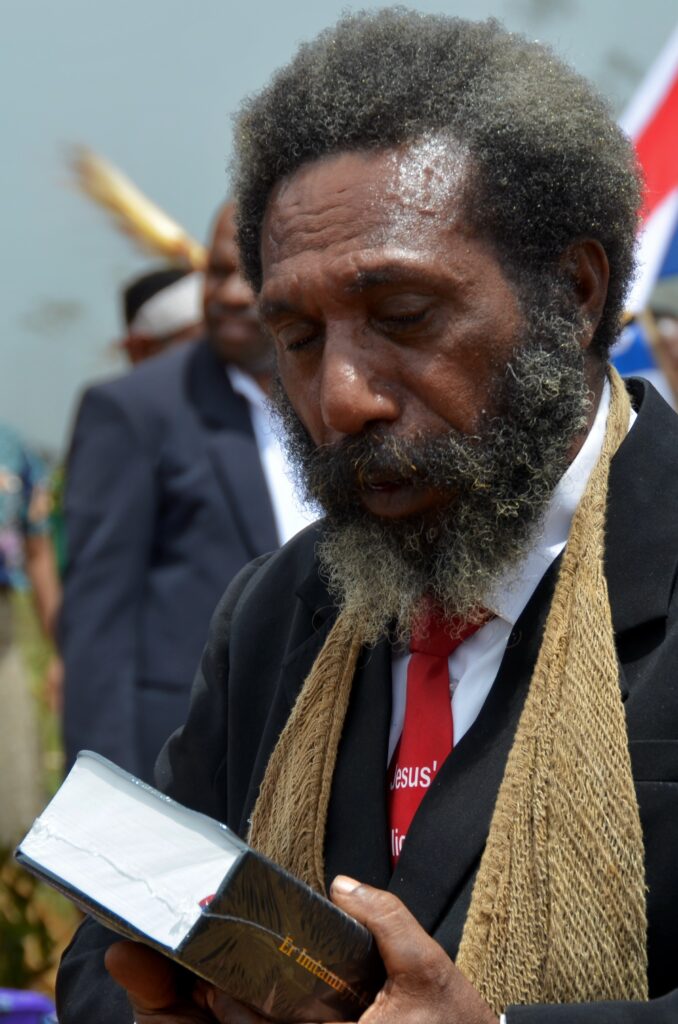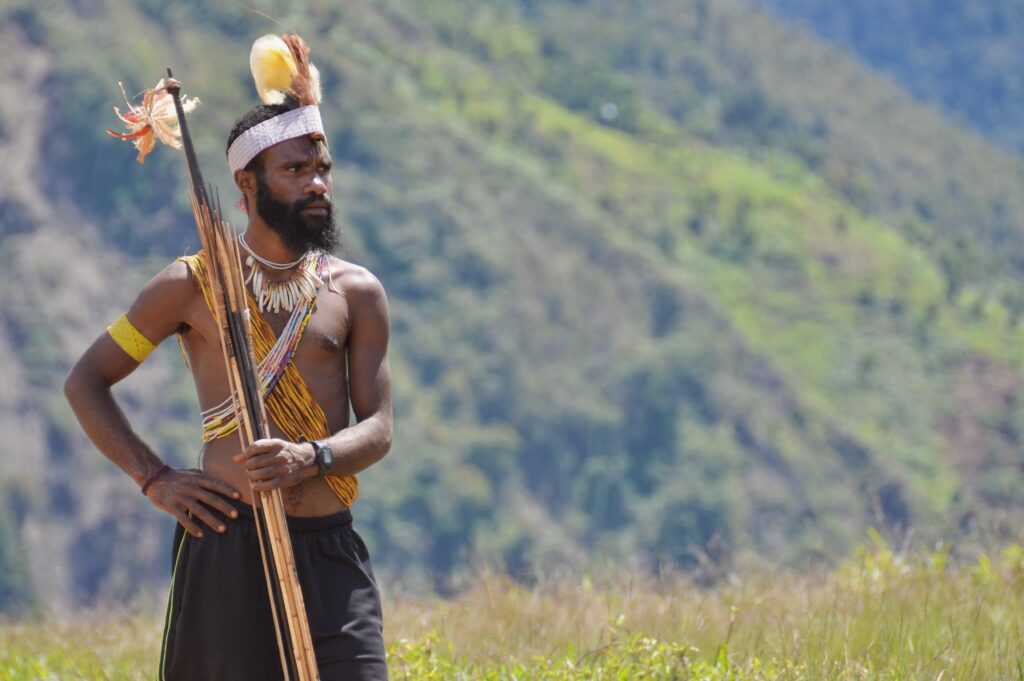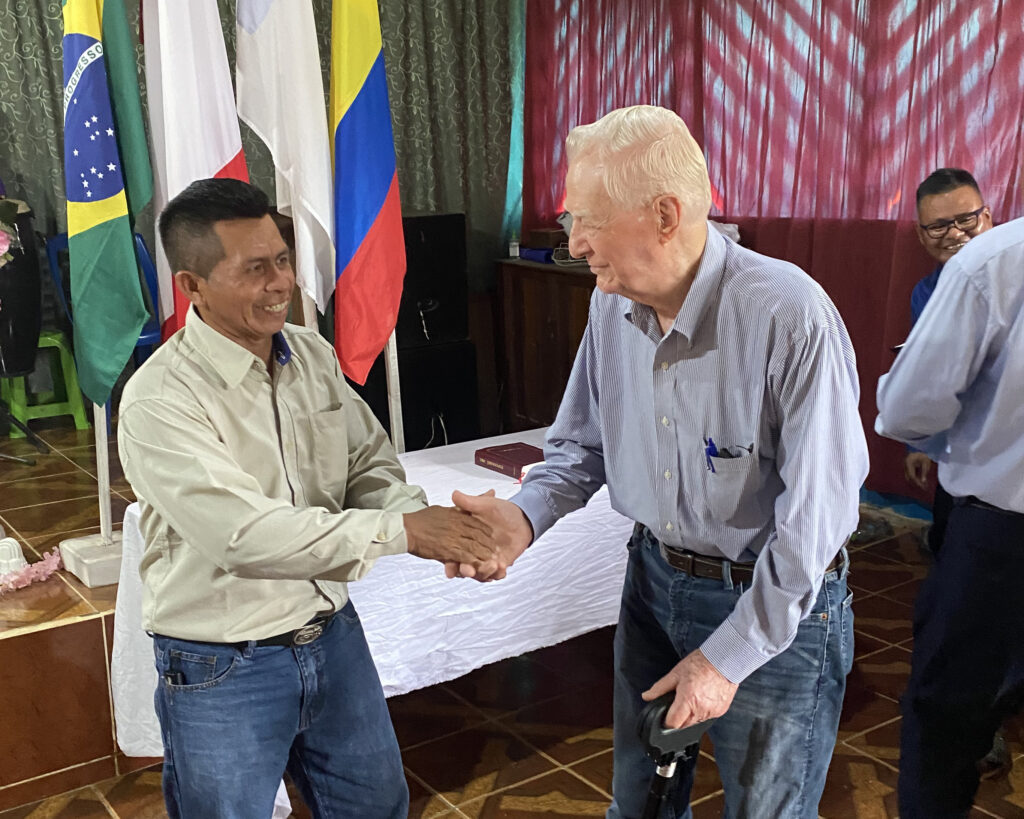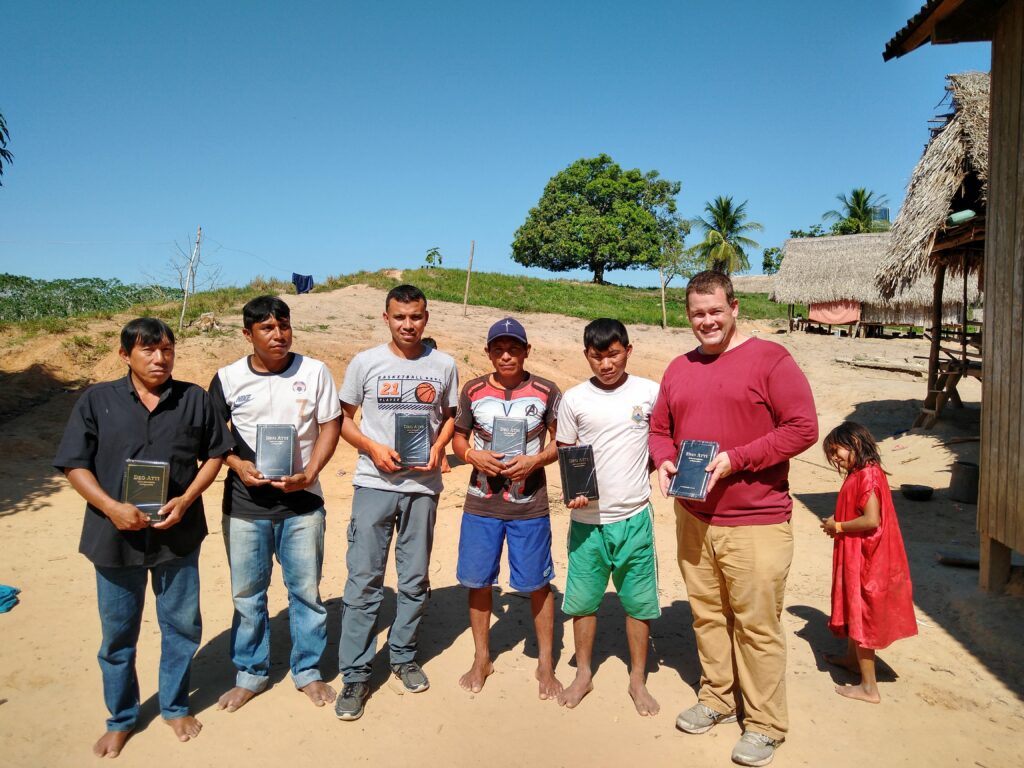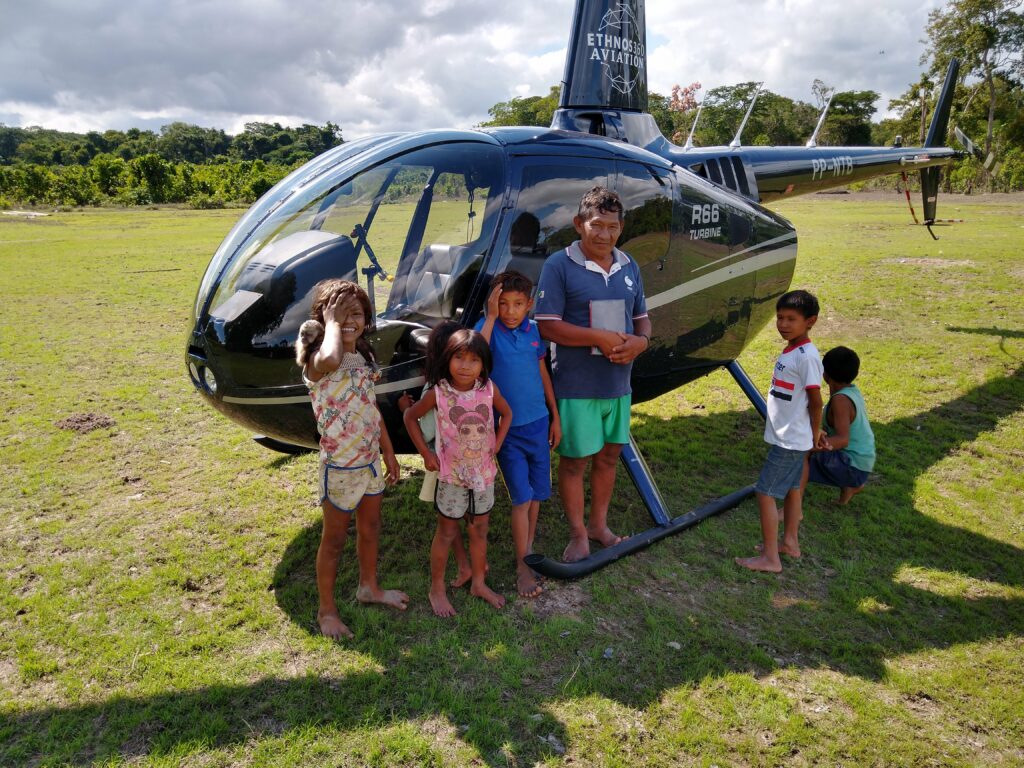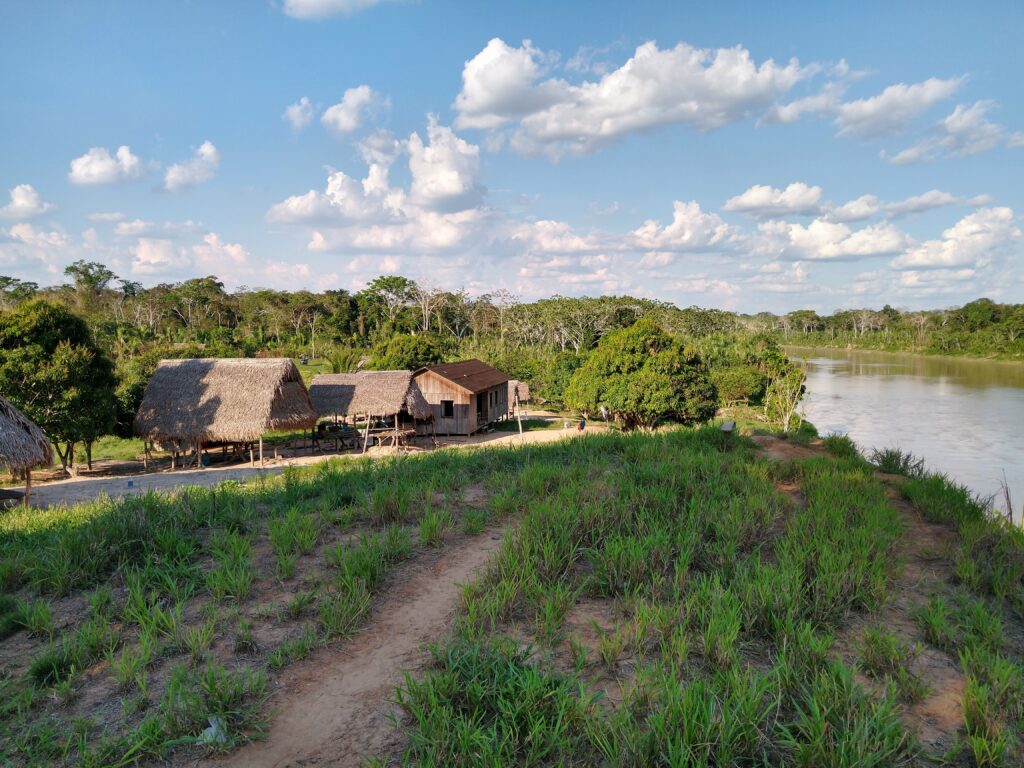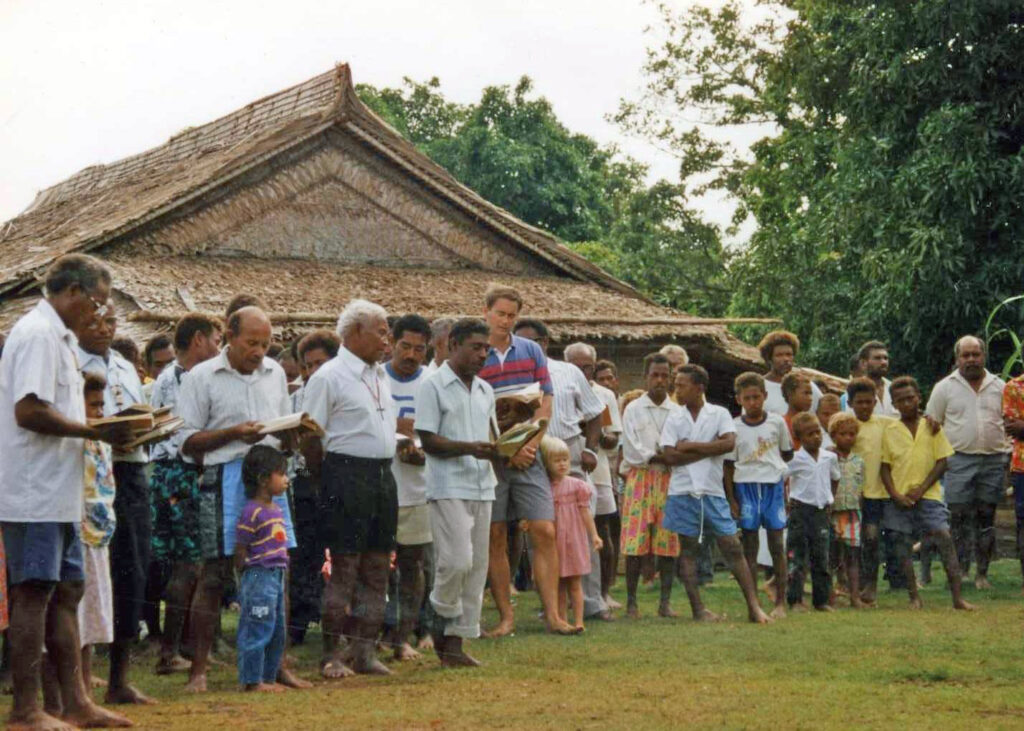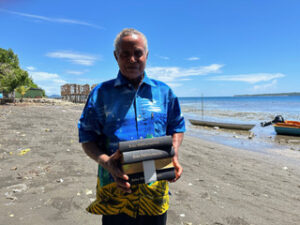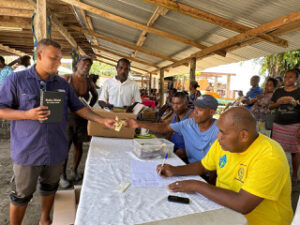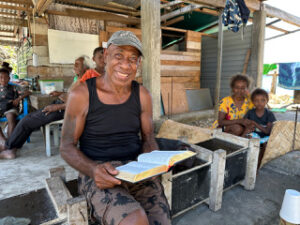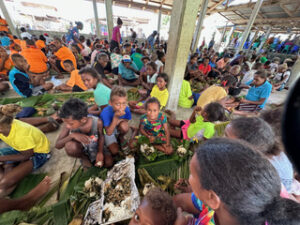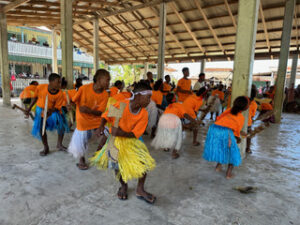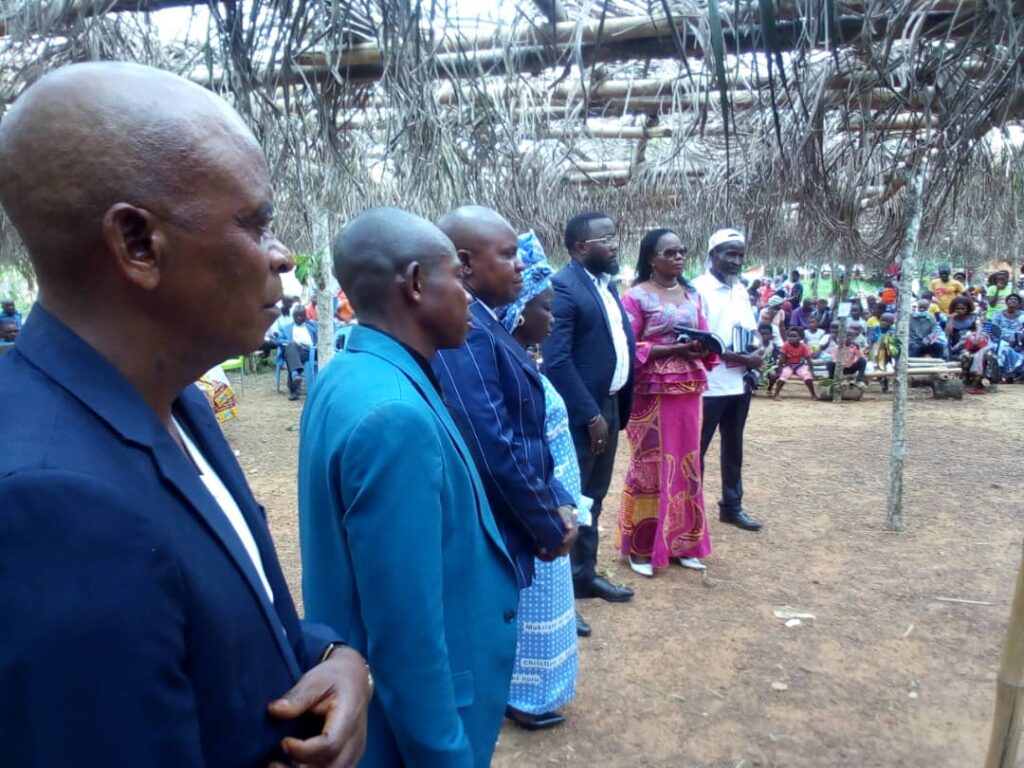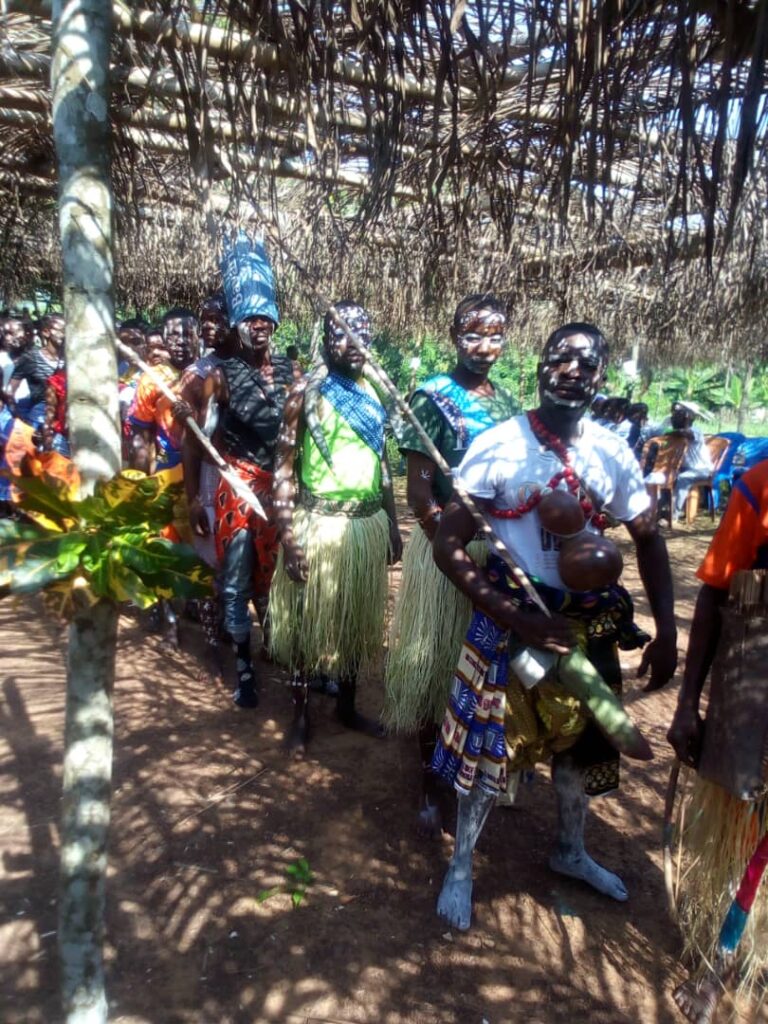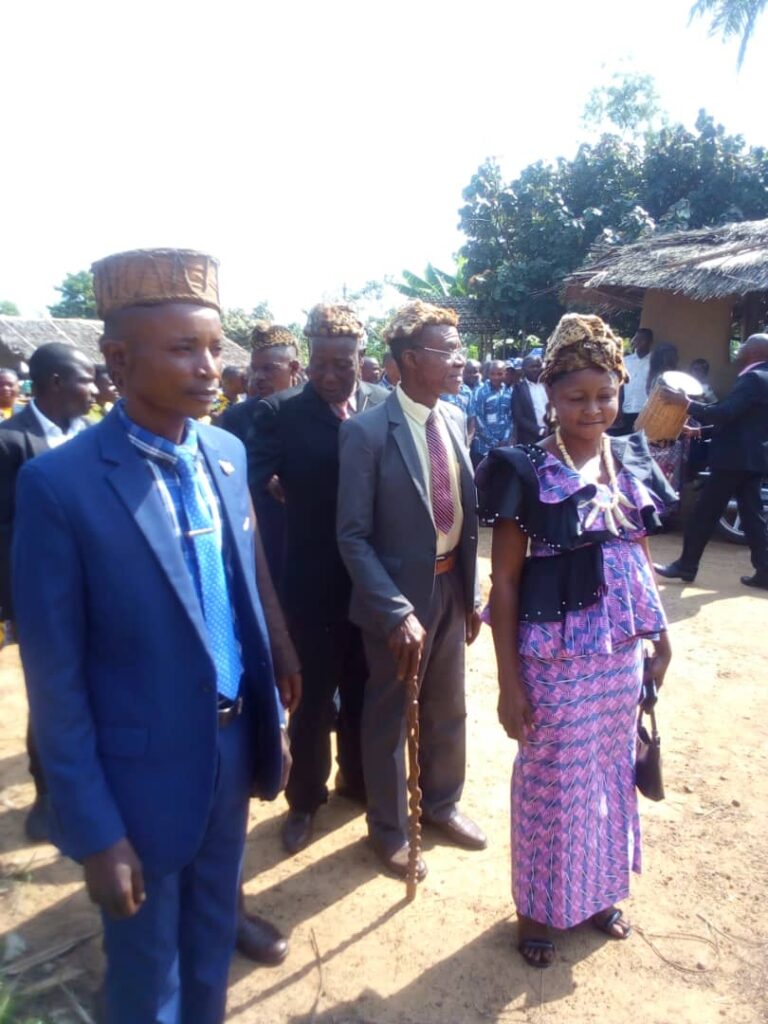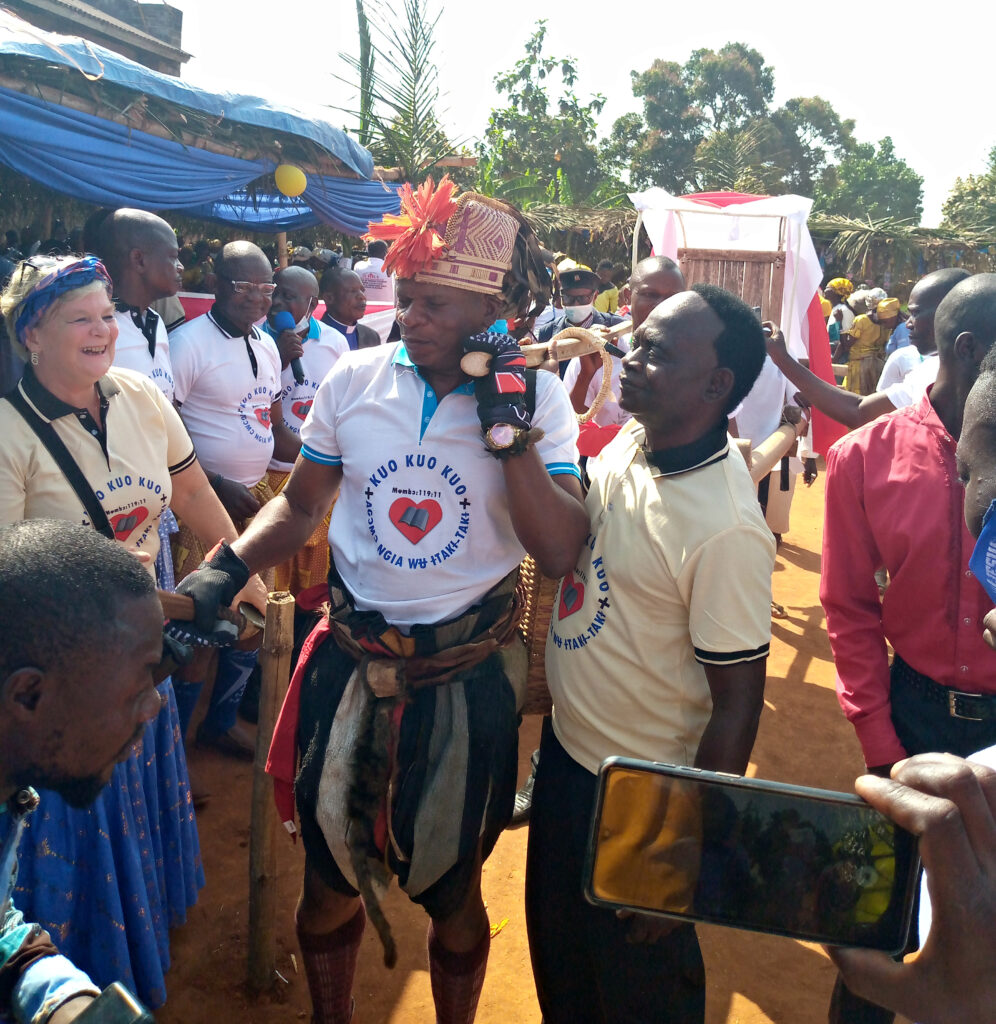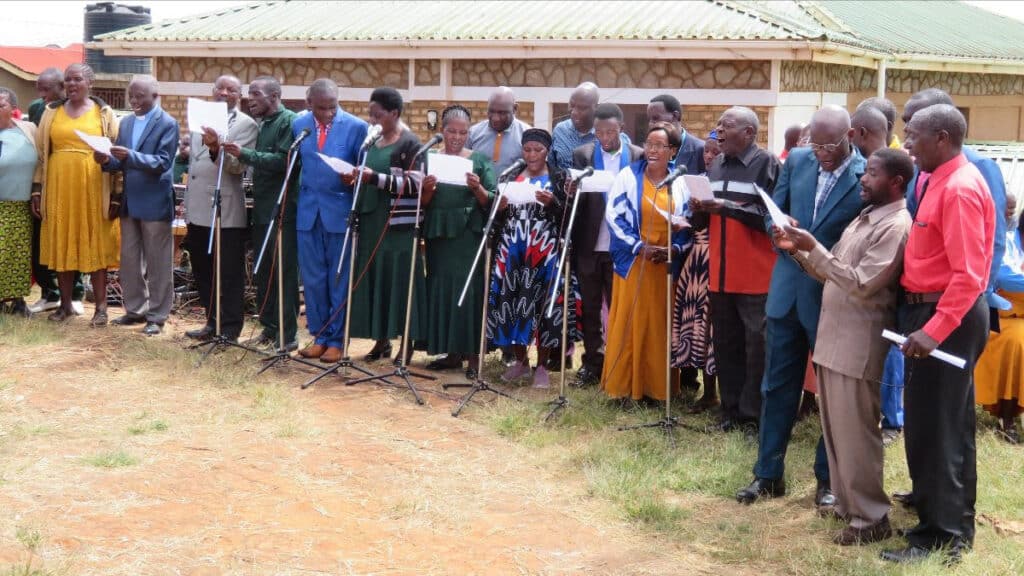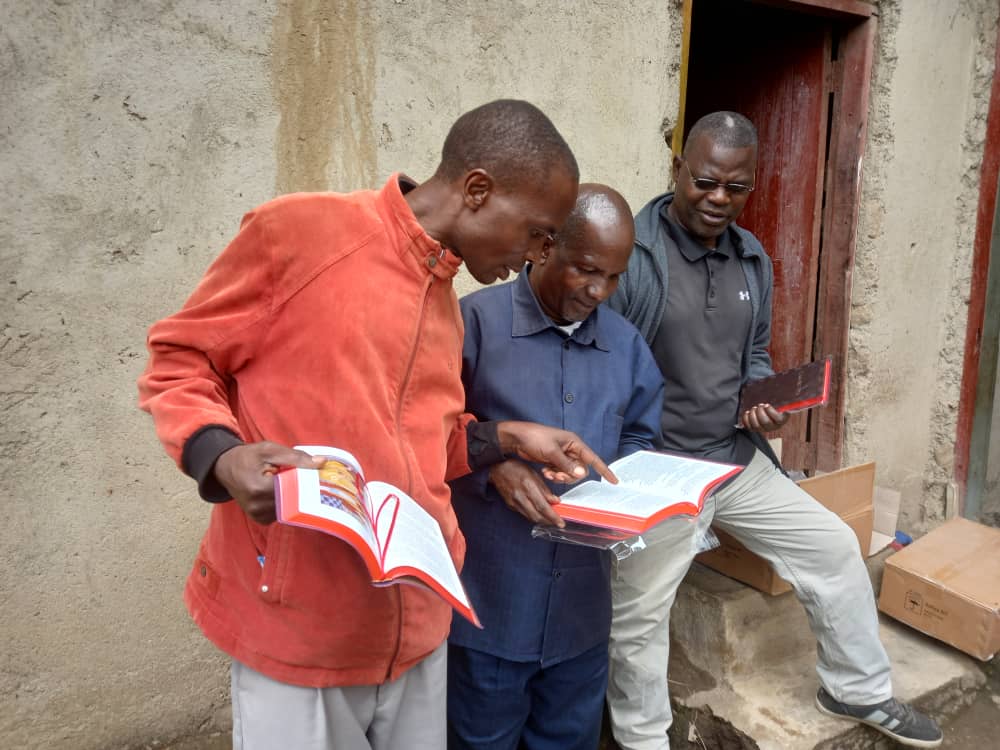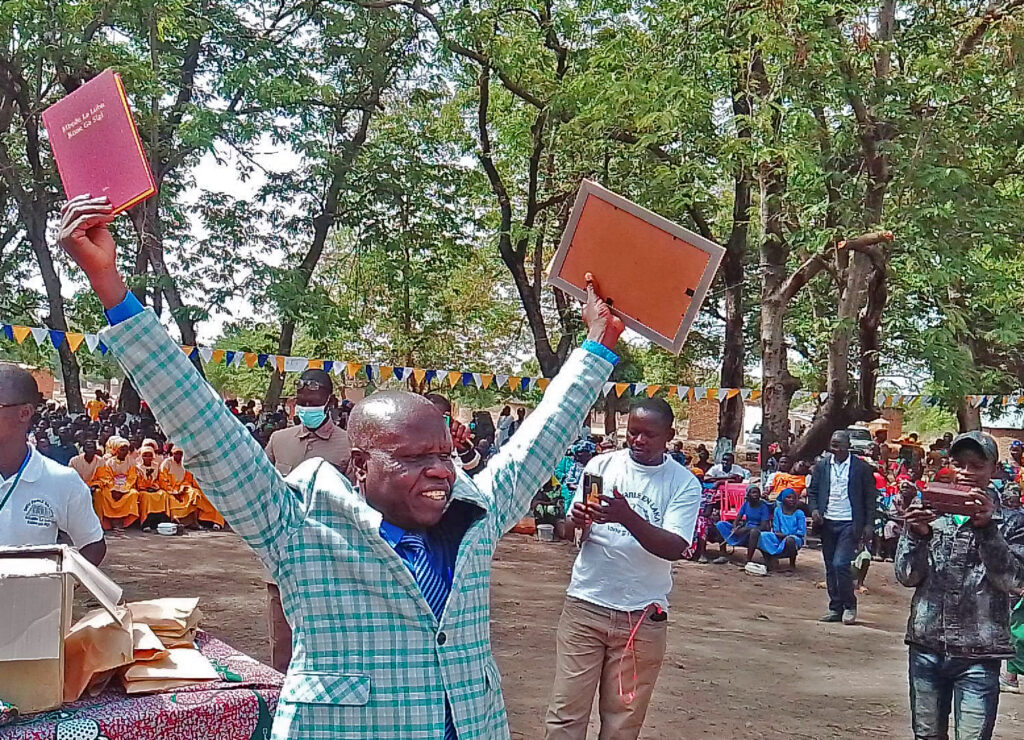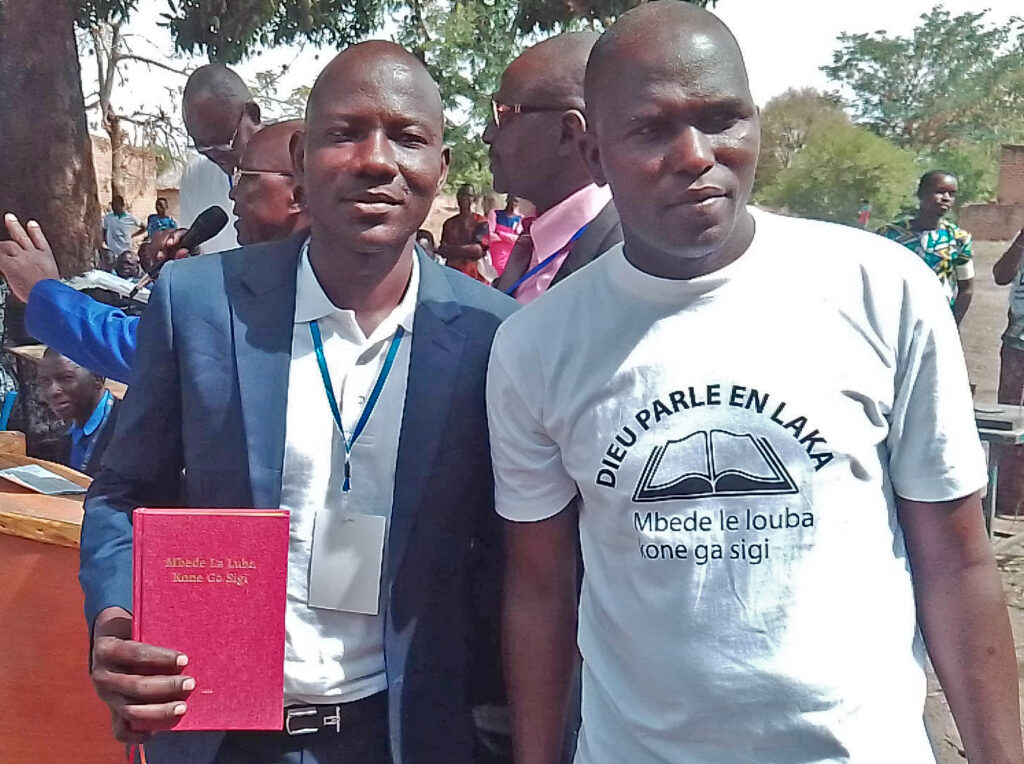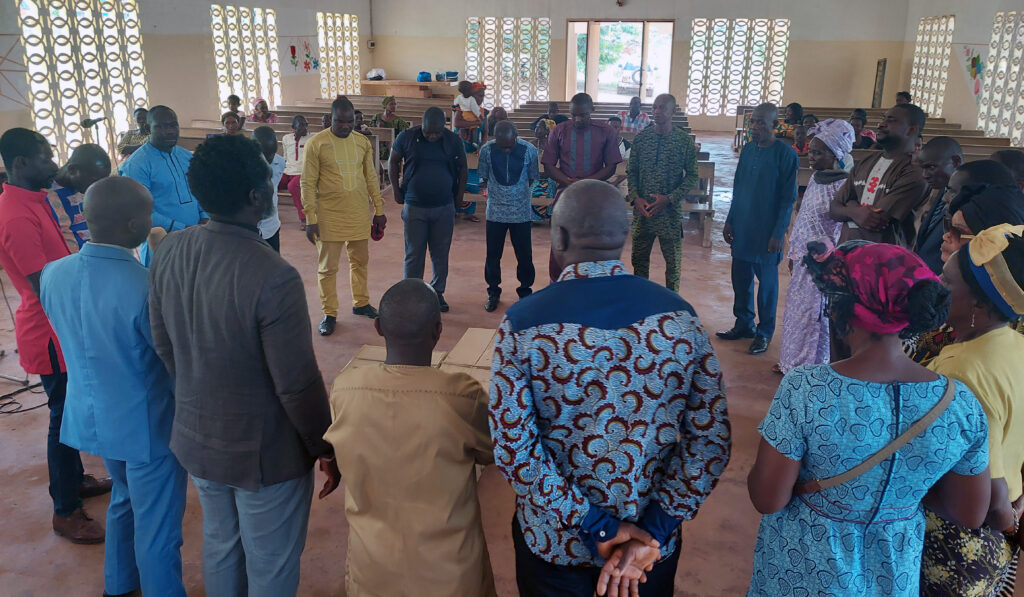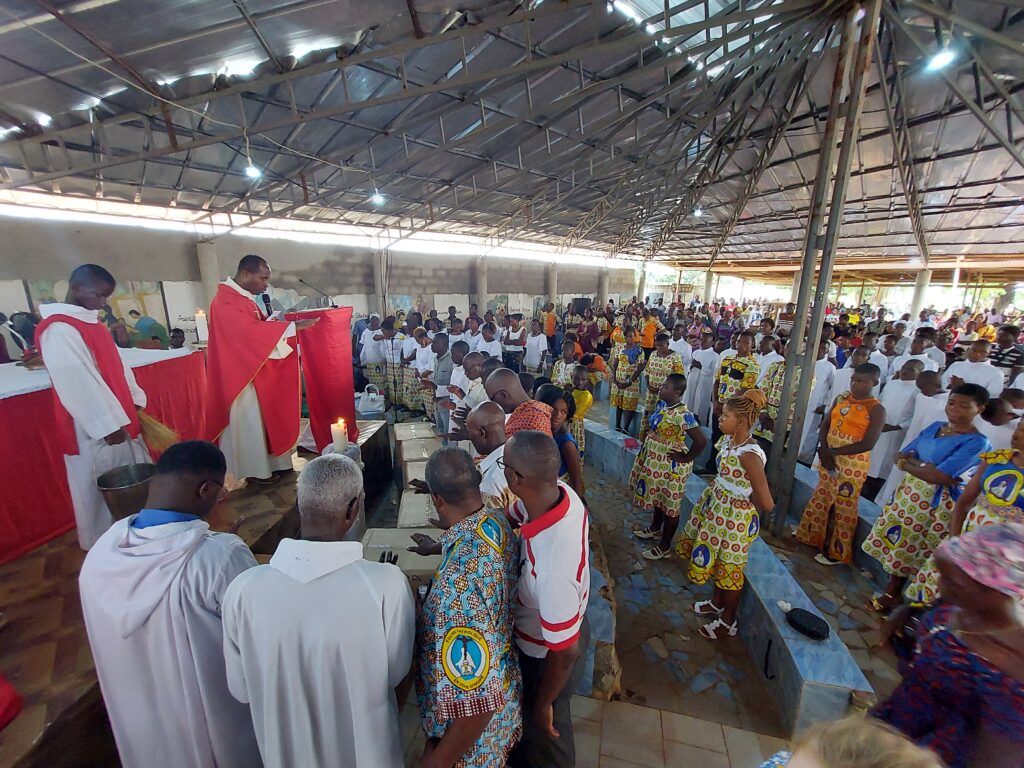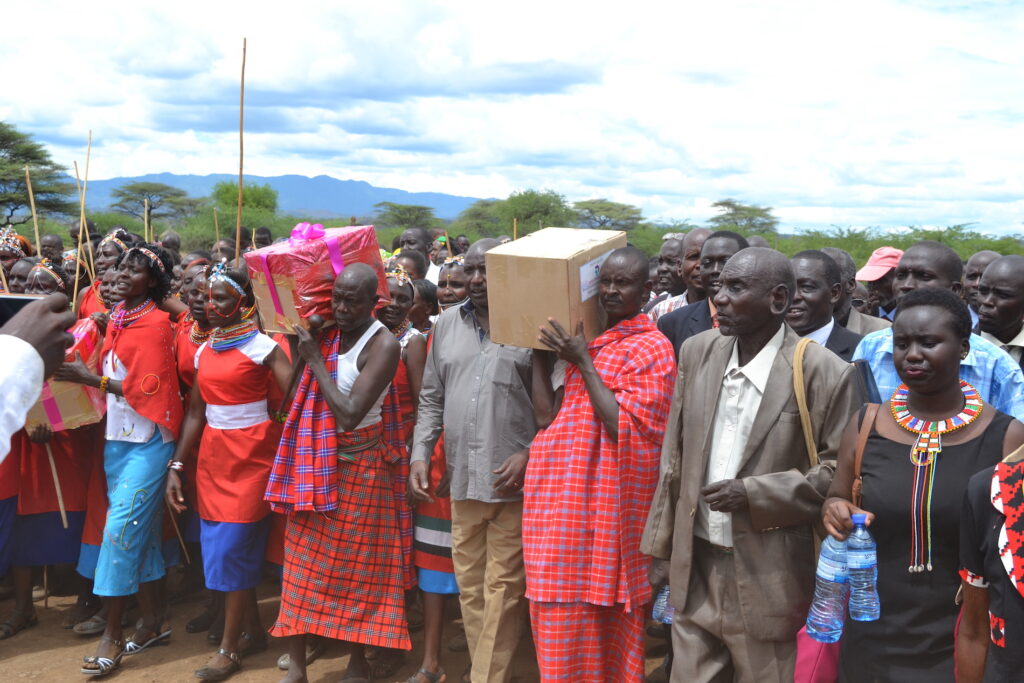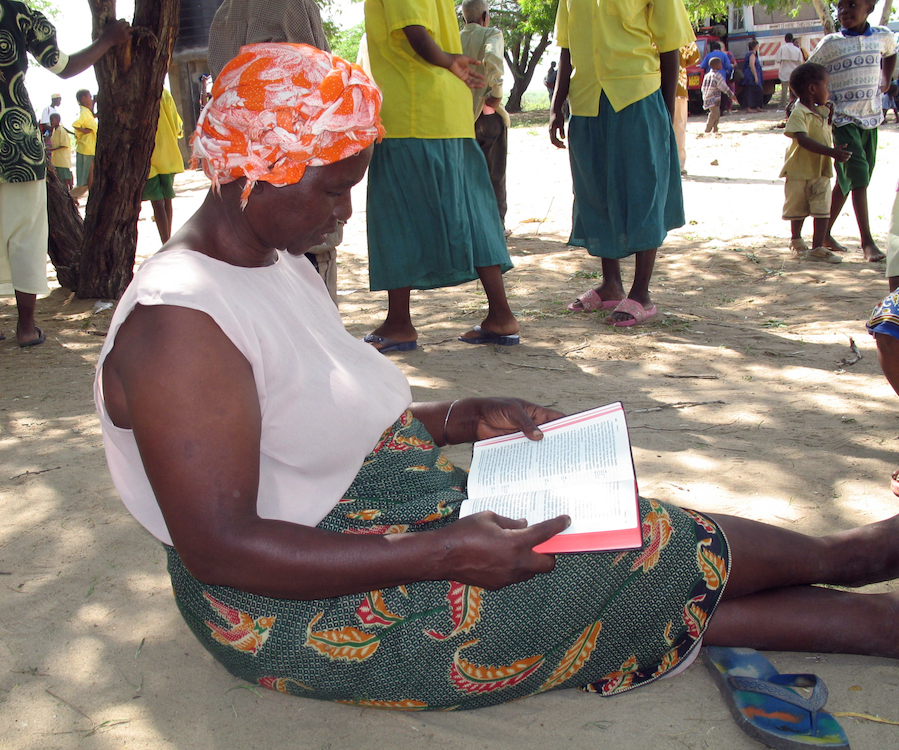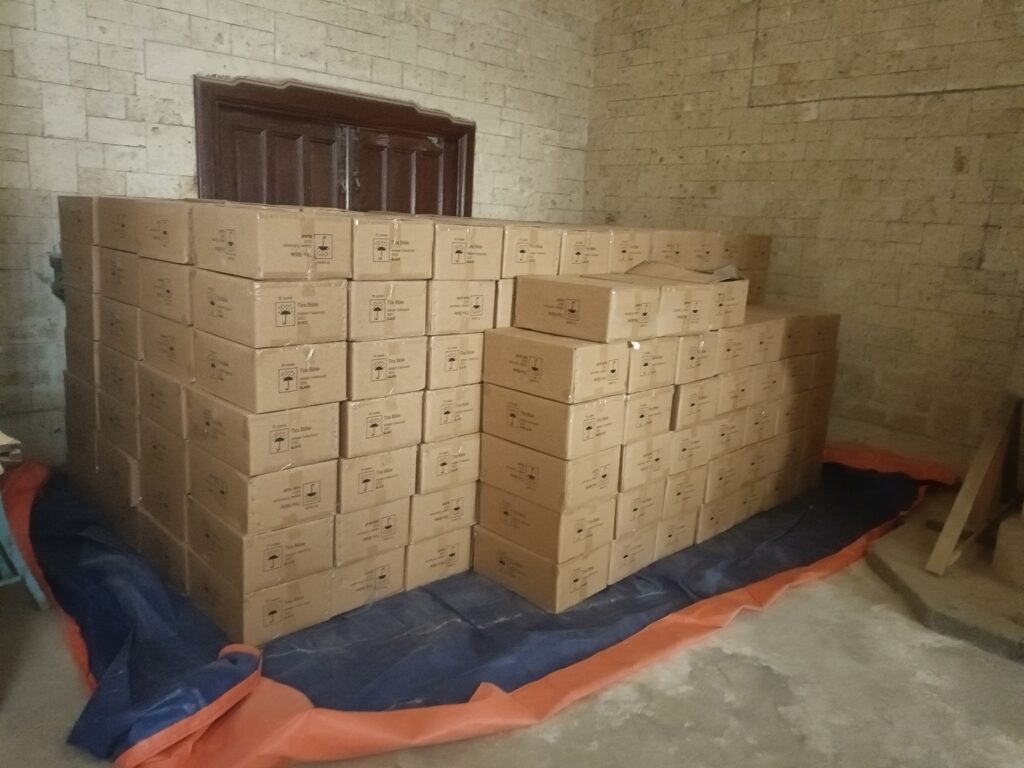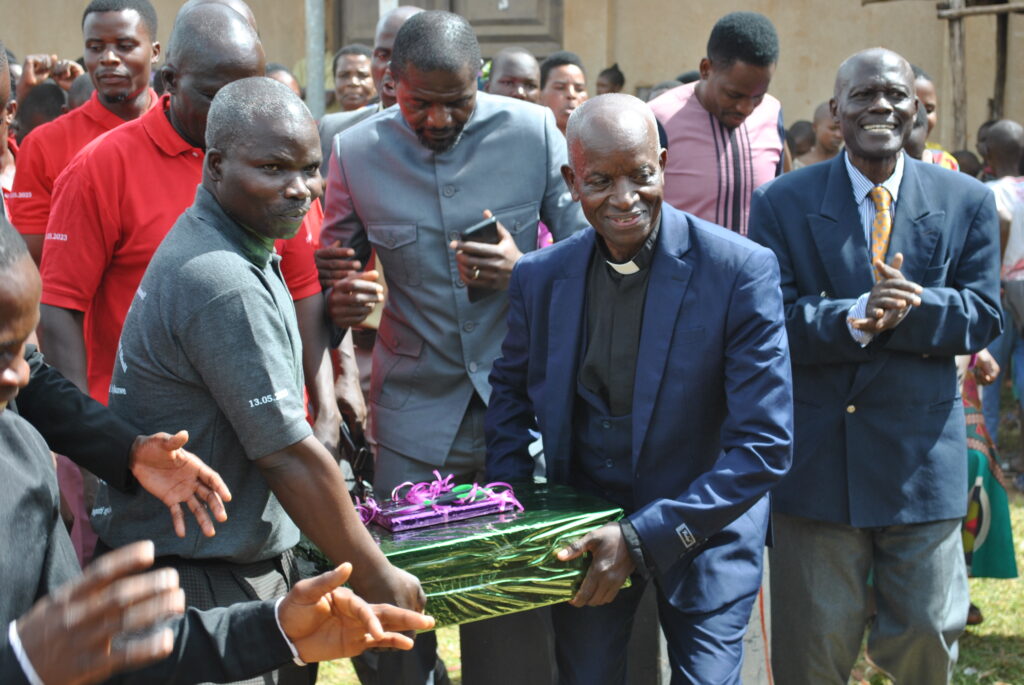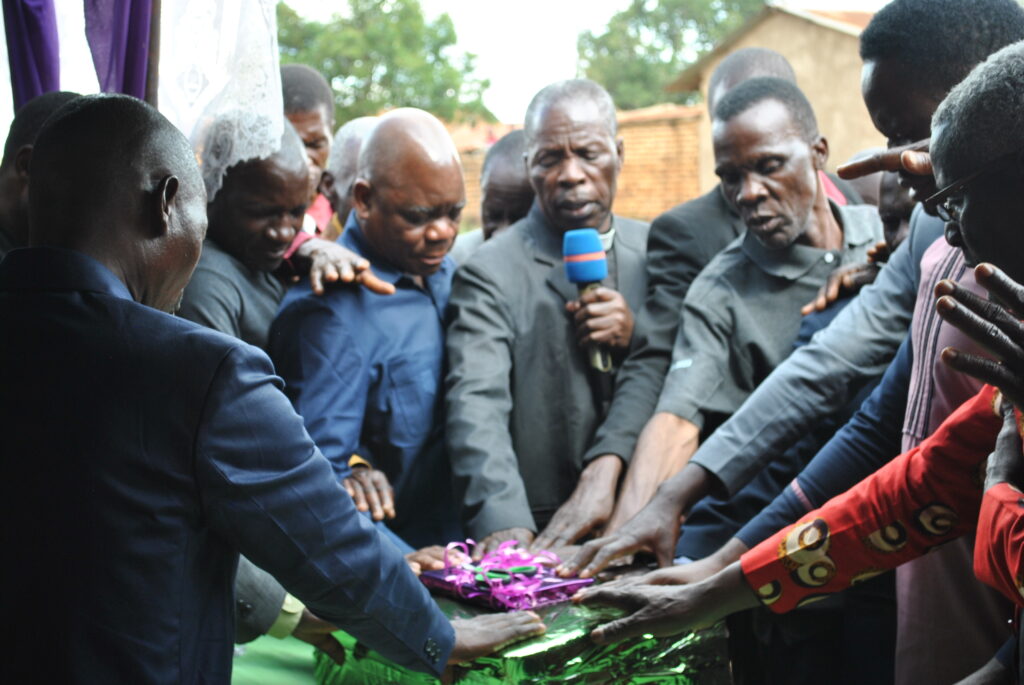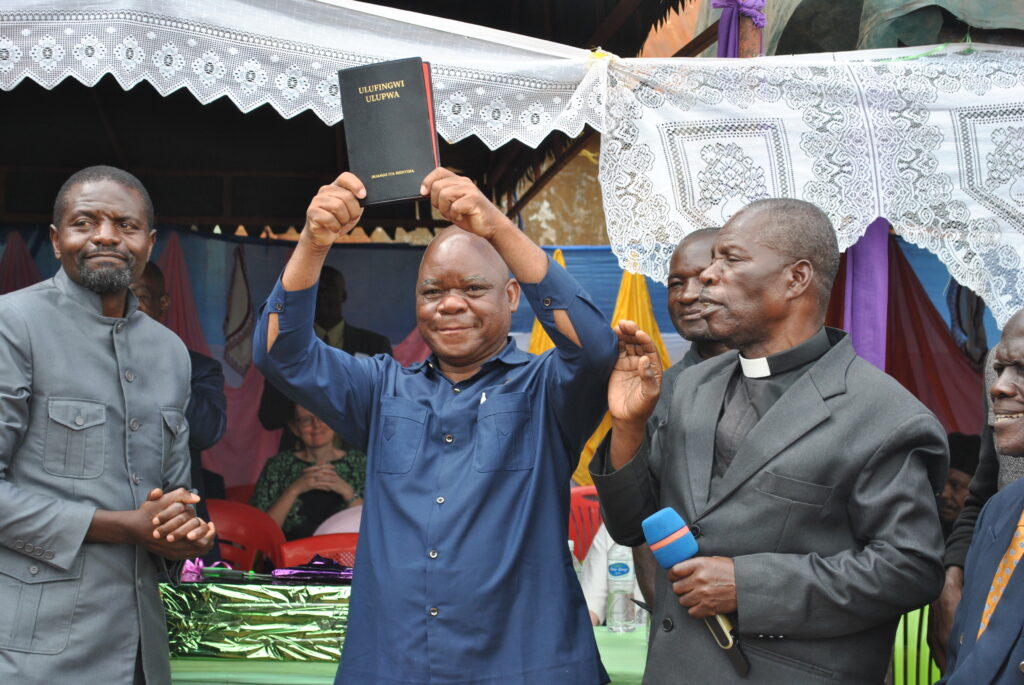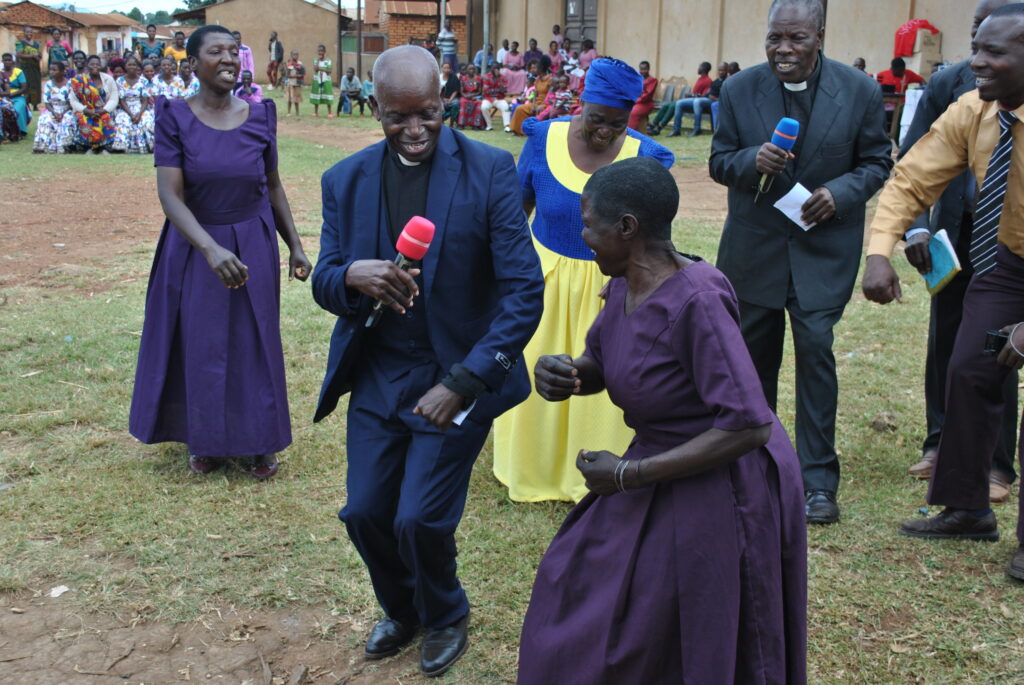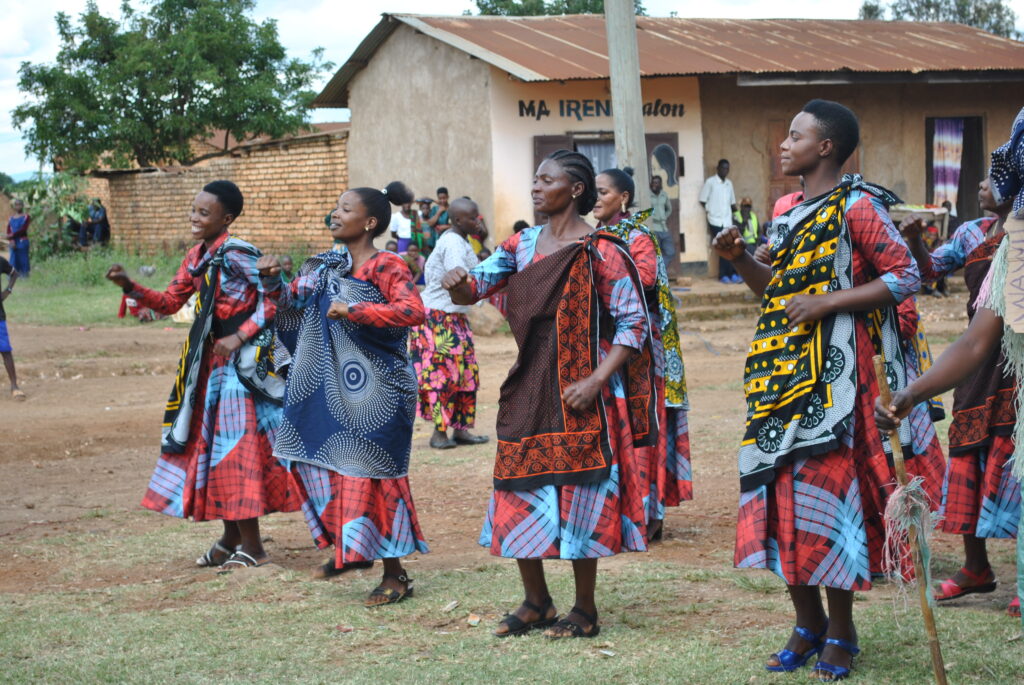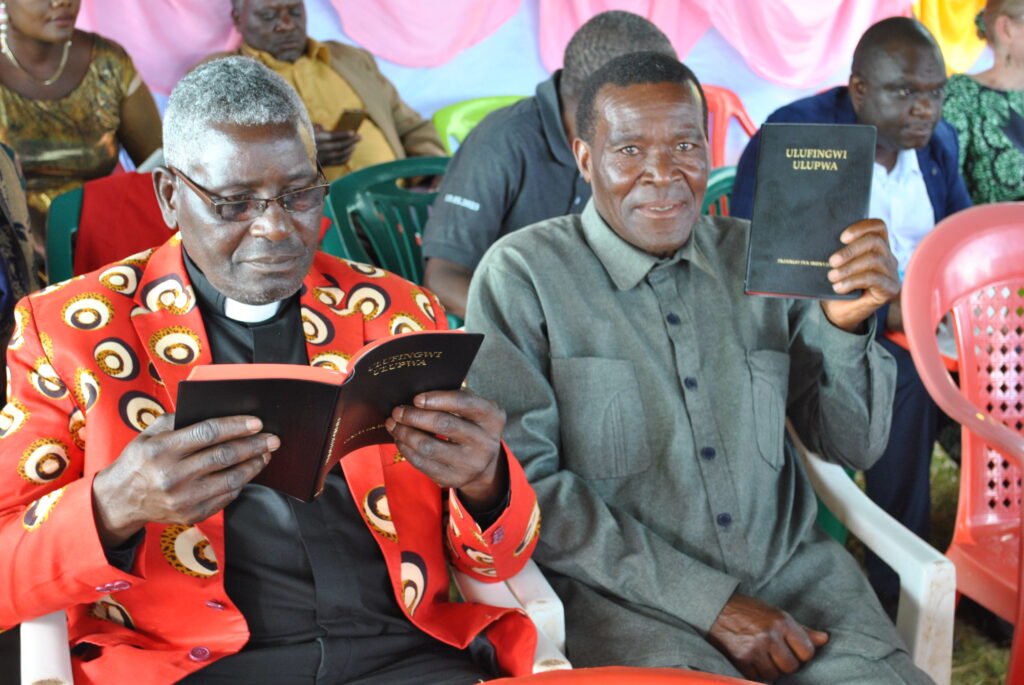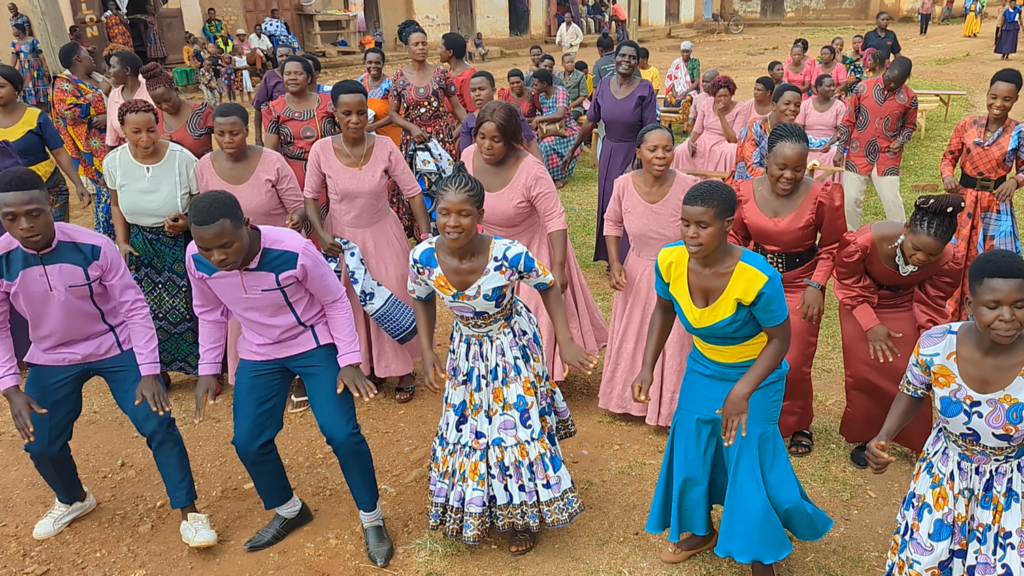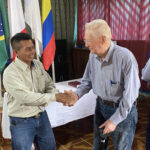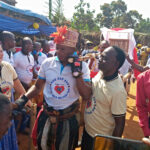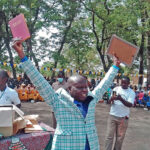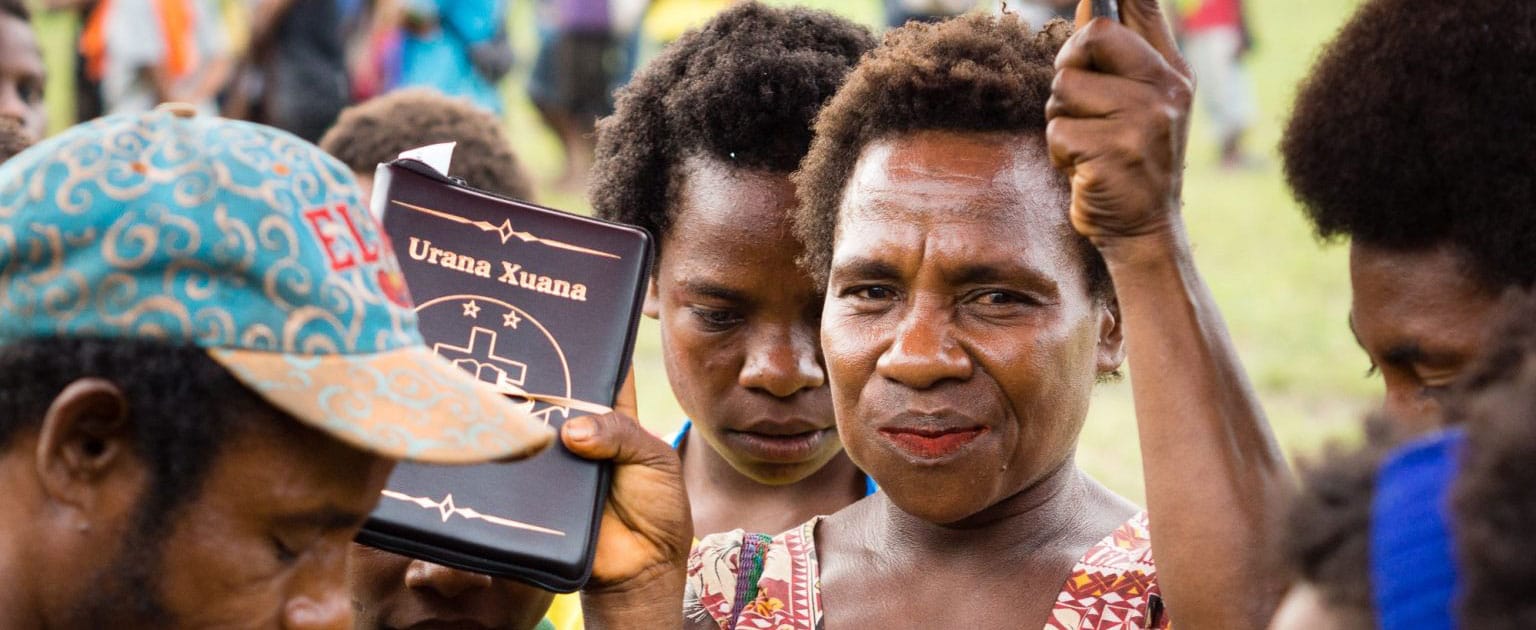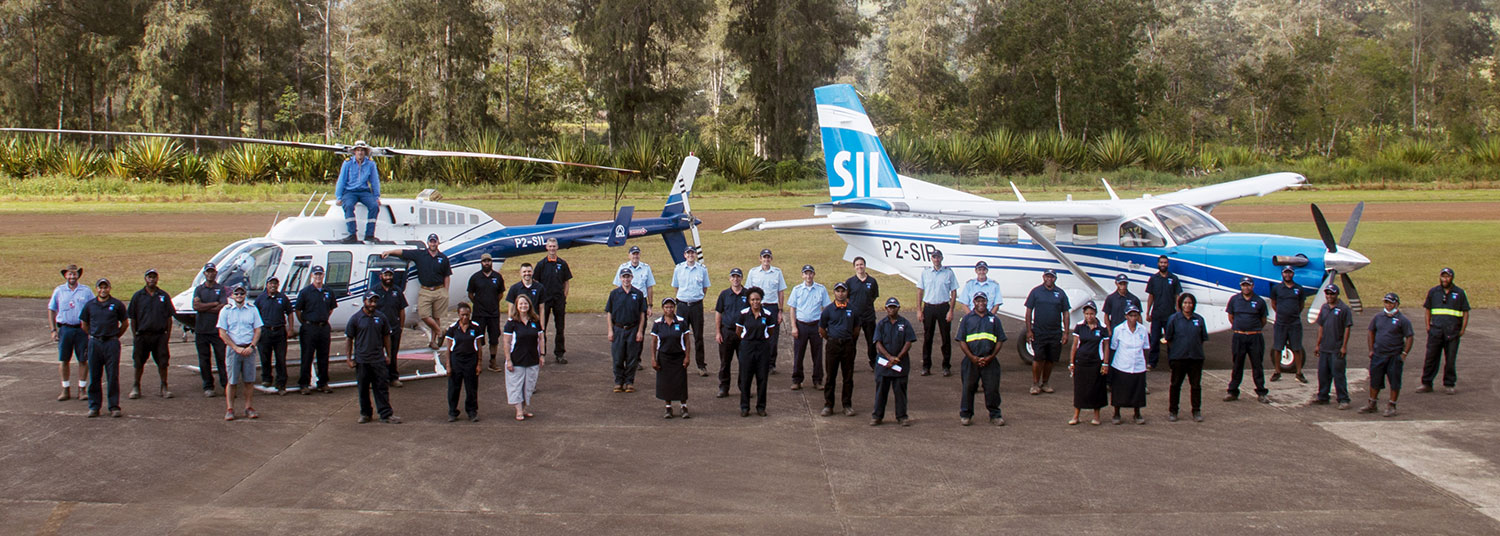Celebrating 75 Years: The Early Work of JAARS in South America, Part Three
This article is the third in a three-part series about our work in South America, in conjunction with our celebration of 75 years of God’s faithfulness. Read the first article in this series about our early work in South America and Part 2 here.
The Fleet Expands
Soon the base at Yarinacocha began having difficulty getting supplies from the U.S. For about half a year, rain would wash out the jungle roads.
Bernie May asked coworkers, “Why don’t we fly our Catalina [aircraft] up to Miami and pick up supplies and come back?” They did, helping to fix the supply problem for a while.
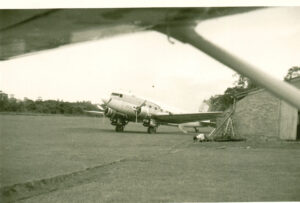
But the Catalina was slow and inefficient. So when Bernie next returned to the States, on home assignment, he asked coworkers, “Why don’t we pray that the Lord gives us a DC-3?” This aircraft was faster and larger than a Catalina.
The Lord provided, so they based the DC-3 in Miami and started flying it to Peru and back. “It was much more efficient, and it worked well,” Bernie recalled. “Eventually we had a couple DC-3s.”
The Ideal Plane for Missions
Before the DC-3’s entrance to JAARS, Uncle Cam discovered the HelioCourier, an airplane that could take off and land in short distances.
While driving through Kansas, Cam saw a Helio flying and said, “This is the ideal plane for missions.” The fourth one ever built came to JAARS, and Bernie picked up the seventh one to take back to Peru.
Most of the pilots who had bought the early Helios were ex-military with lots of experience that Bernie didn’t have. “I was a new learner, and the Helio was a new kind of airplane to fly,” he said.
So when Bernie showed up, the instructors didn’t think he would take well to the aircraft. But he surprised them by learning quickly. After all, he didn’t have anything to unlearn.
More Doors Open
God opened the doors for the work of JAARS and SIL to expand to other countries in South America: Ecuador, Bolivia, Colombia, and Brazil.
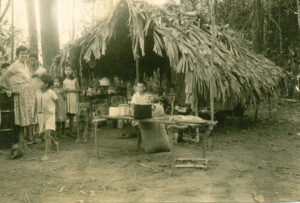
Steve Ottaviano, now the Americas Regional Director at JAARS, grew up in Bolivia, where his parents served as Bible translators with Wycliffe. Steve saw the benefits of the aviation and radio service of JAARS on his parents’ ministry, who lived 200 miles from any significant help.
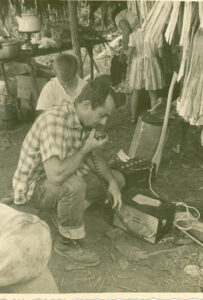
Not only did the aircraft reduce burdens for his parents, but the ham radio did as well. It was the only way his family could communicate with relatives back in the States. “It was a very important thing, particularly in my youth, when I didn’t have much exposure to my grandparents,” Steve recalled.
He also saw the benefits of the DC-3 when it was later based in Bolivia. “It revolutionized our travel within the country and transport of goods.” His family could be at the center in two days instead of going the arduous, and sometimes dangerous, commercial airline route.
“By and large in the world, there are ways to get [to the places where translation is happening], but at great risk to your health, safety, and enormous expenditures of time and money,” Steve said.
His father could take their little speed boat up the river 200 miles to where they worked in the village. The boat would burn more fuel than a Helio would on the same route, and a boat trip would take four days instead of just an hour or so. “Aviation was very practical and [an] obvious solution to reduce barriers and ease burdens,” Steve said.
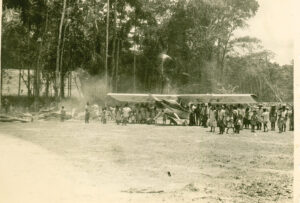
Willing to Die for Jesus
Roy Gleason served as a pilot in Ecuador for nearly 30 years. His job, with the other JAARS pilots, was to “fly the translators and/or their helpers, goods, and whatever was needed to enable them to live in the village and work on the language.”
One person Roy had the privilege of flying was Rachel Saint, the sister of Nate Saint, who was killed by the Waodani people.
At the time Roy helped her, Rachel was ministering to the Waodani alongside Toña, a member of the Waodani people group who had put his faith in Jesus.
Toña was reaching another people group with the gospel. To contact him by radio while he was with that group, Roy flew Rachel and some Waodanis in a circle, improving the radio transmission.
Some of the villagers didn’t like what Toña was telling them—that they were sinners and needed to be saved. So they eventually killed him. He was the first martyr among the Waodani people.
JAARS wanted to honor him and named a Helio Courier after him. Our maintenance specialists refurbished that Helio, and it was dedicated at our 75th anniversary celebration on May 12.
There are more stories than could be told of how God used JAARS and its partners in South America! As Roy Gleason said: “In some cases around the world, [JAARS] not only helps Bible translation, it makes it possible. Not just because of aviation, but because of everything else we do now.”

